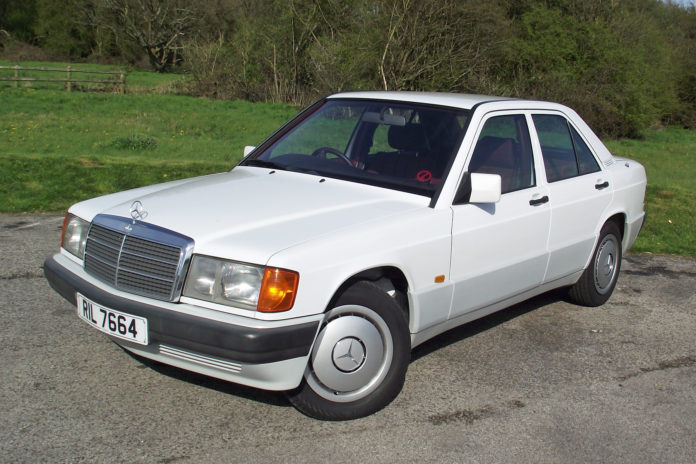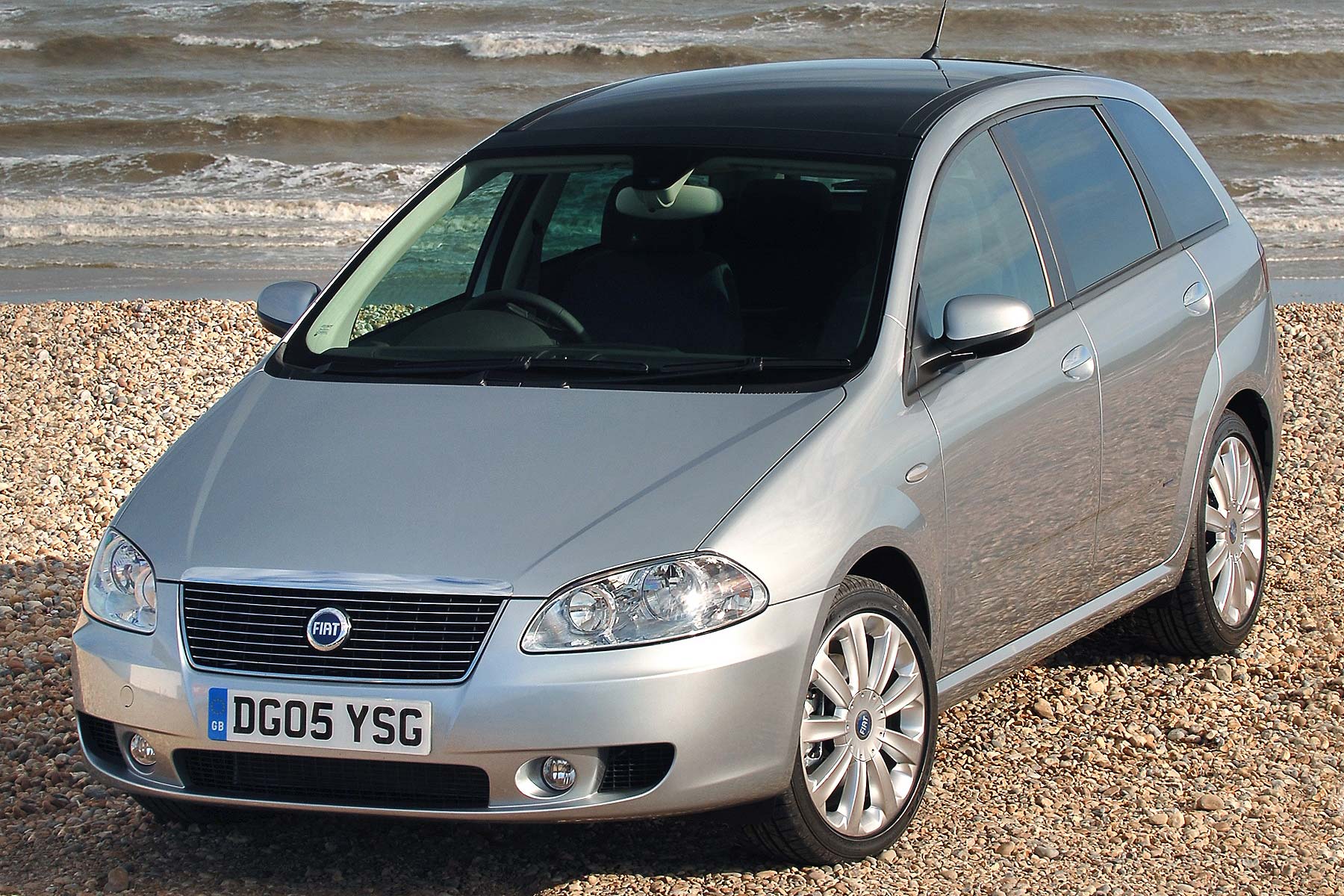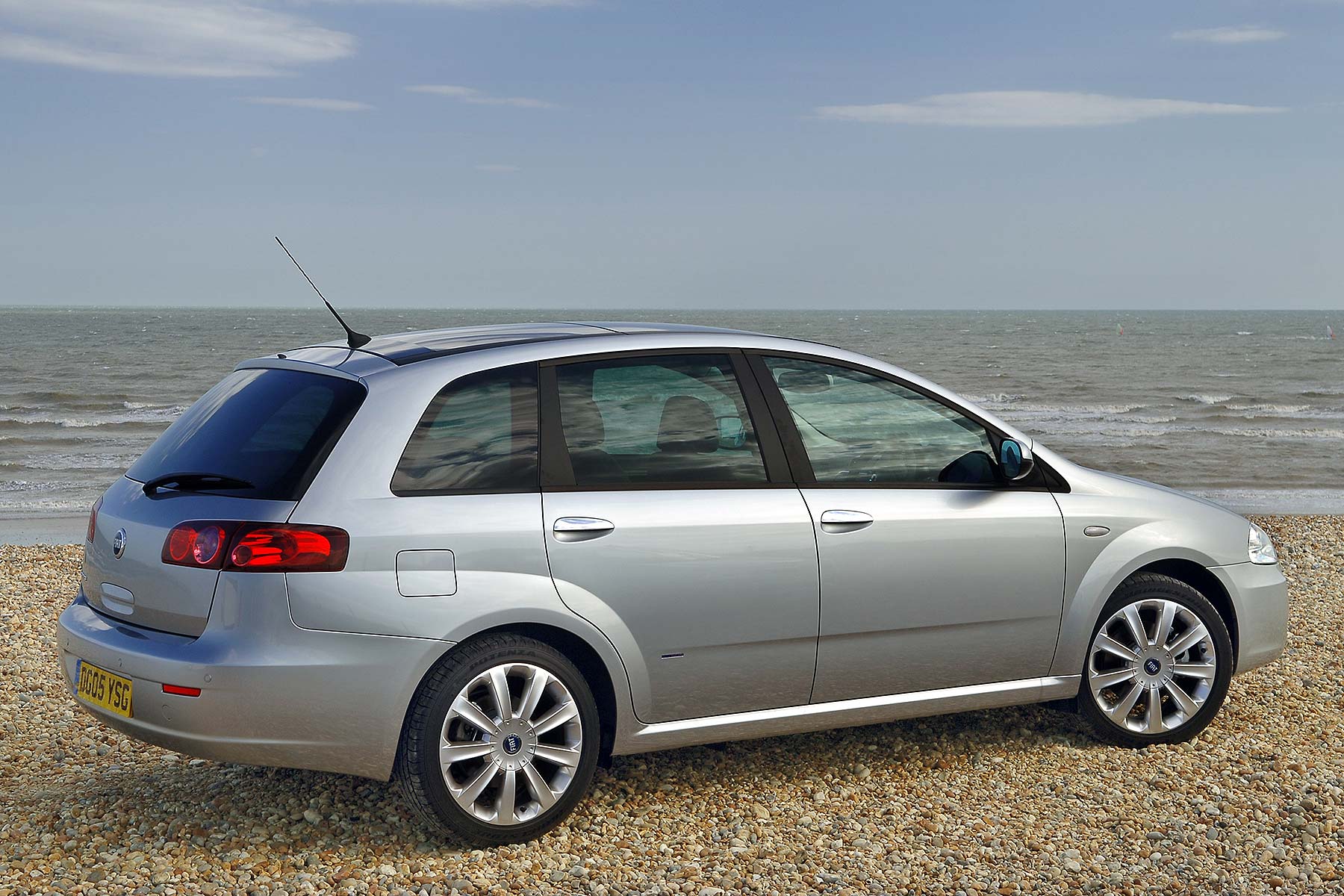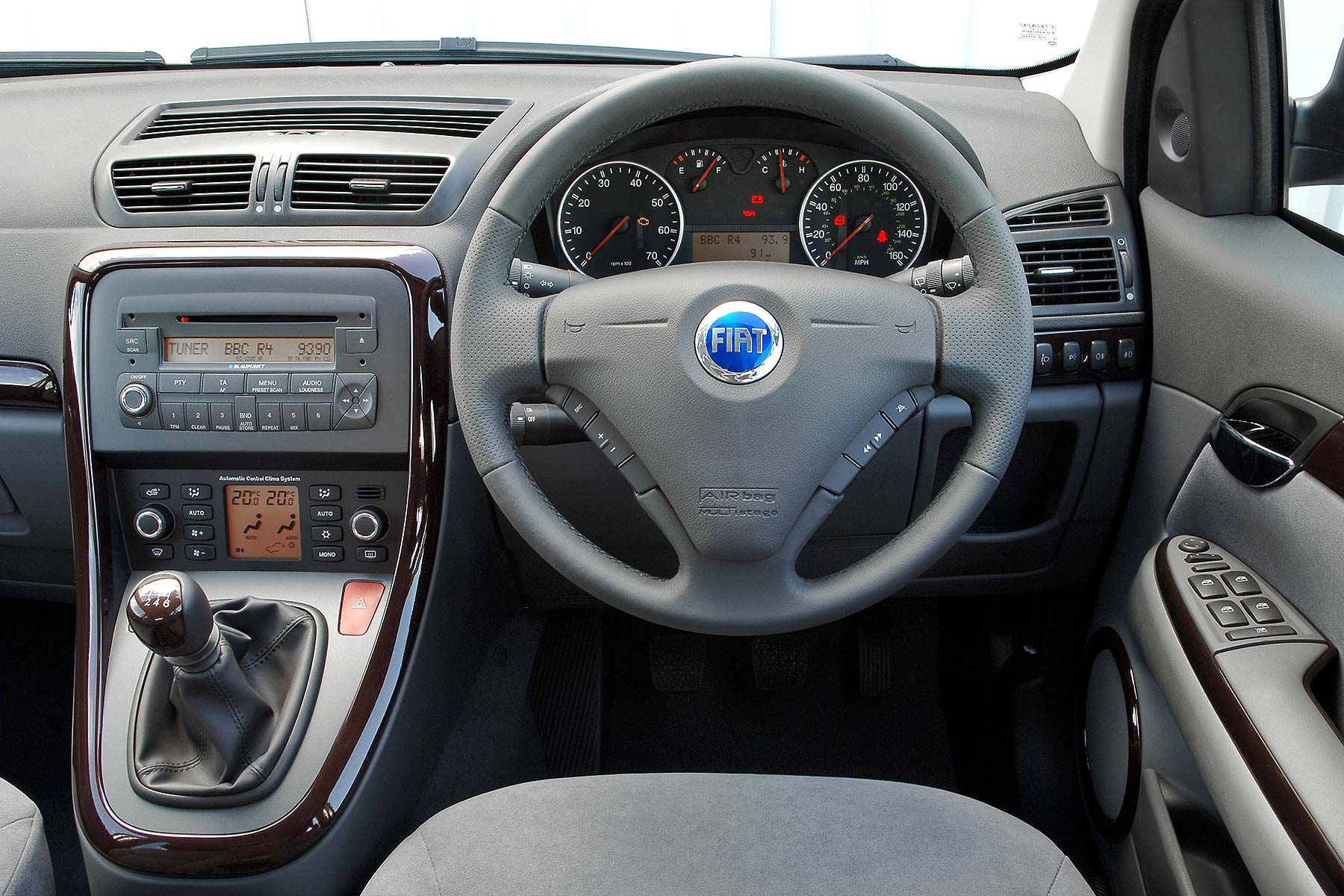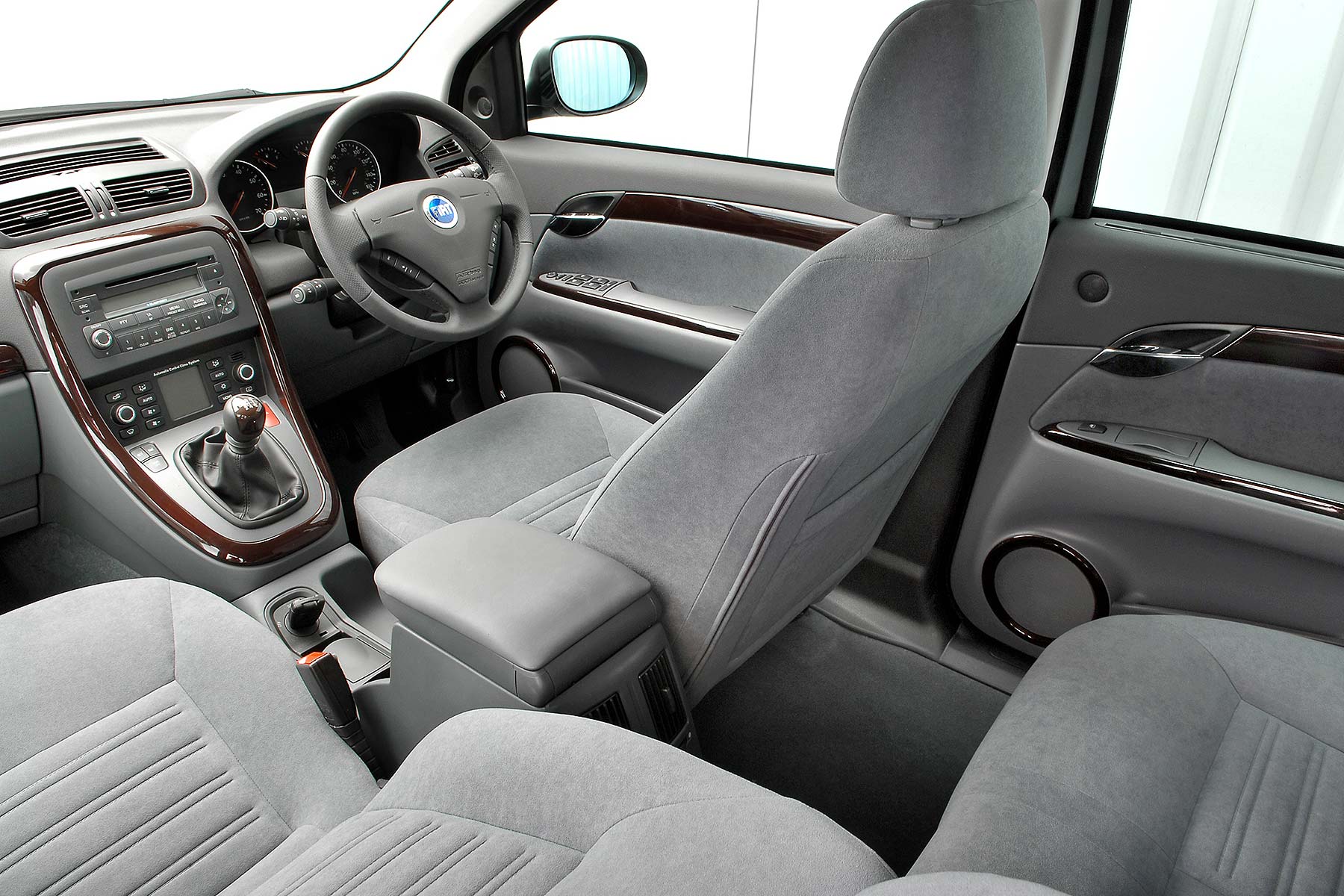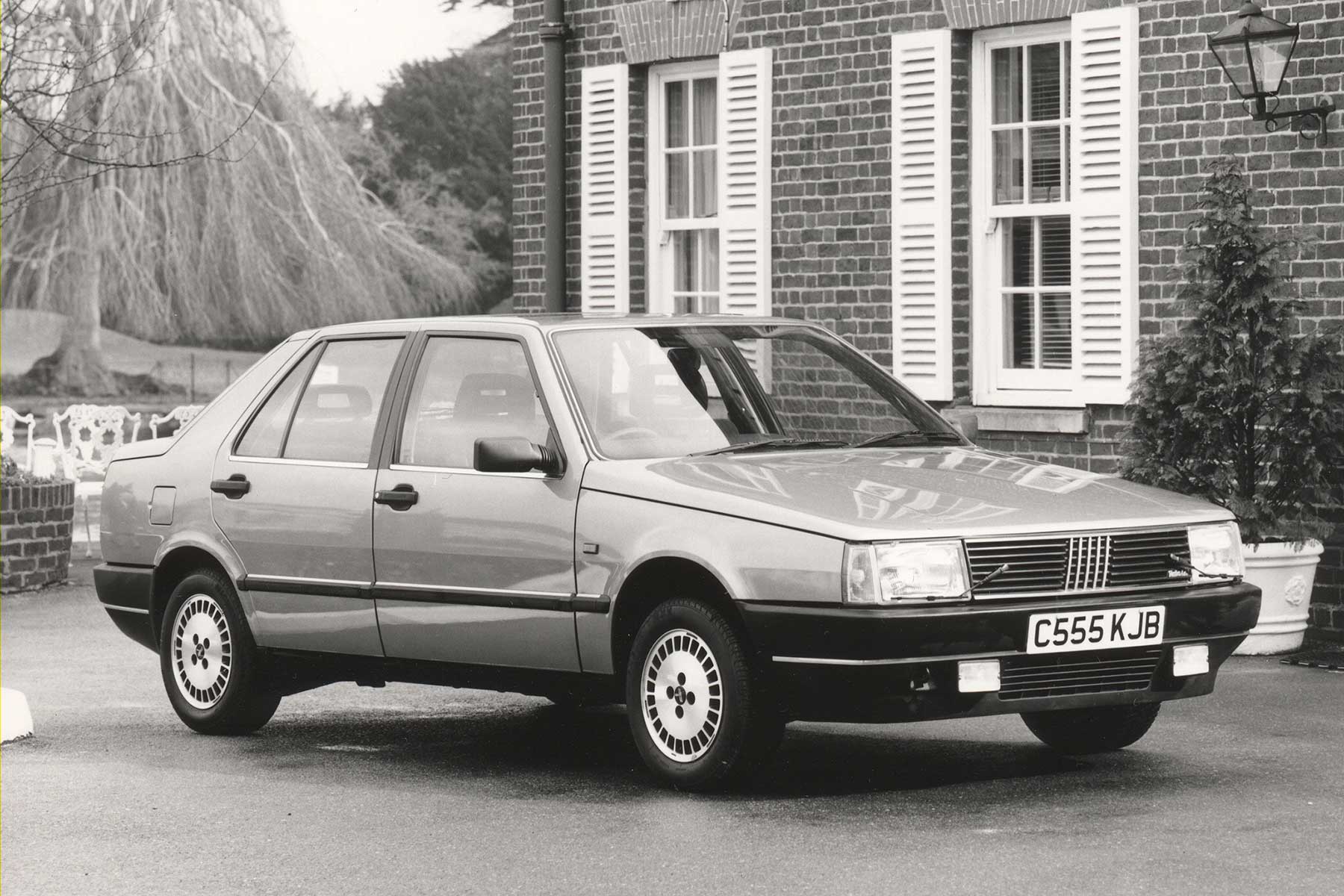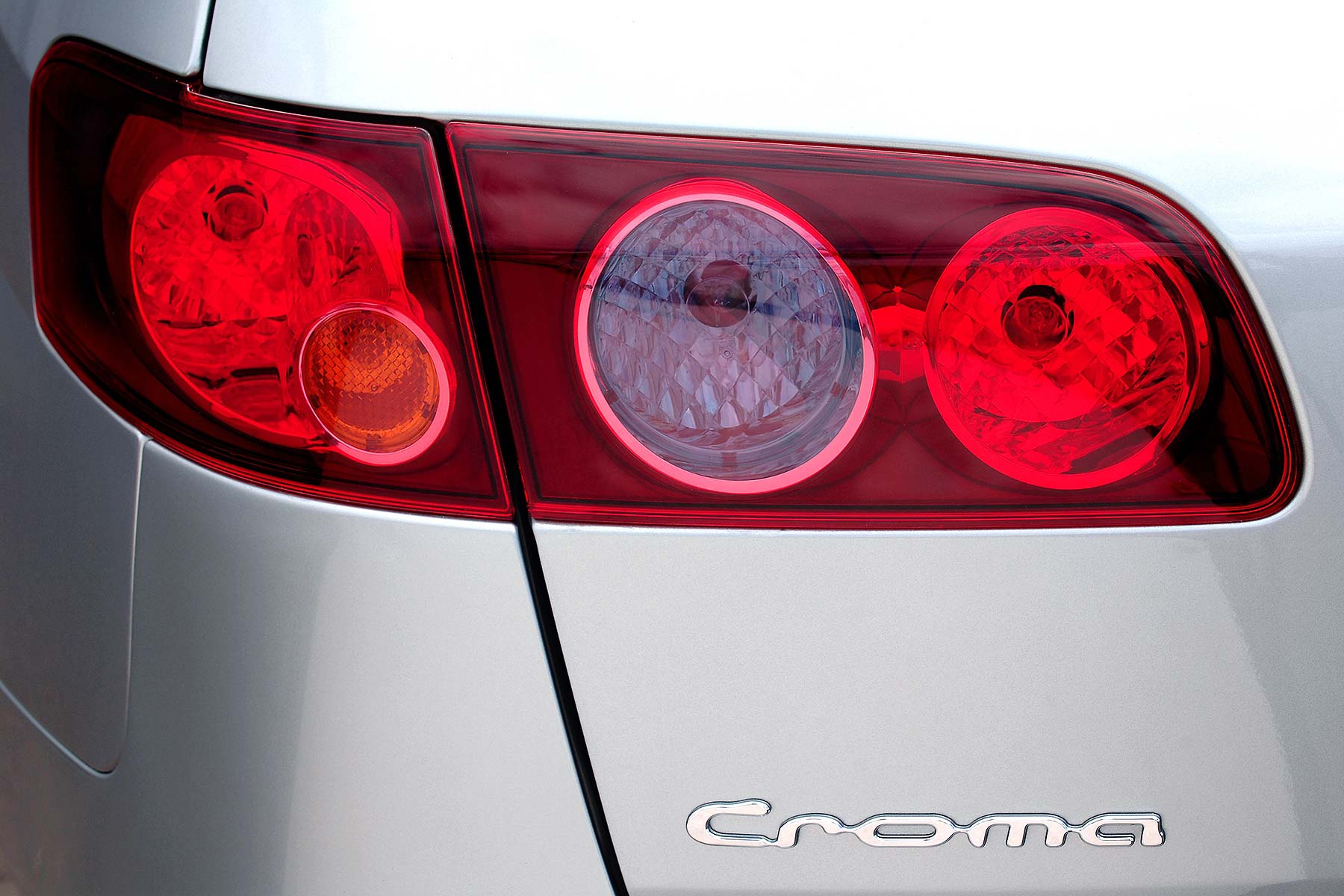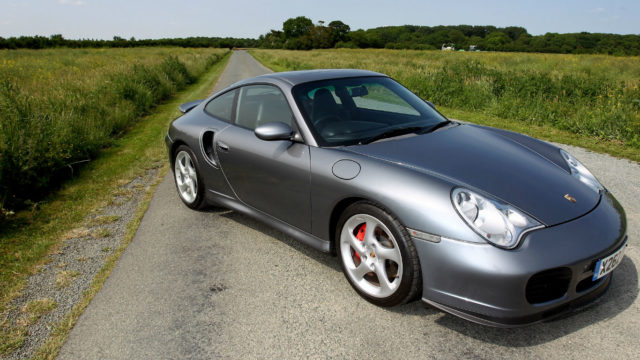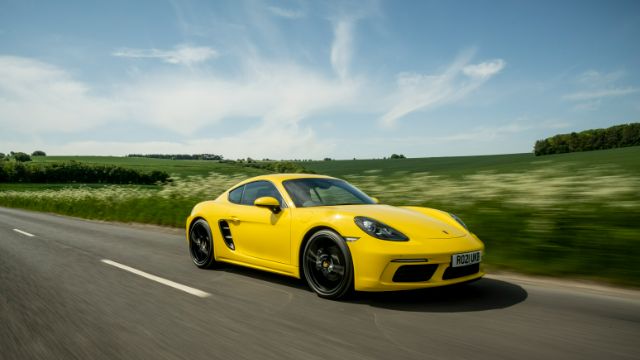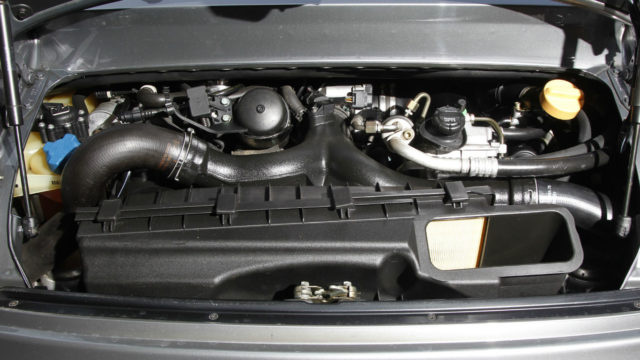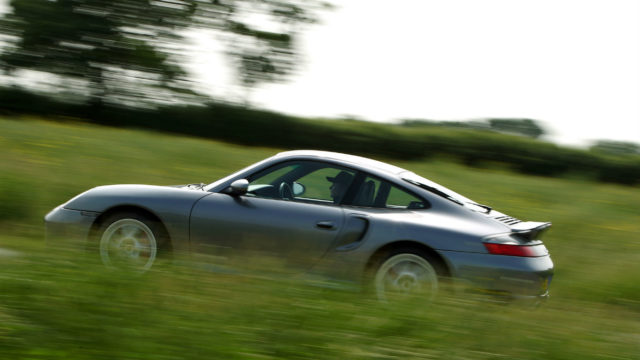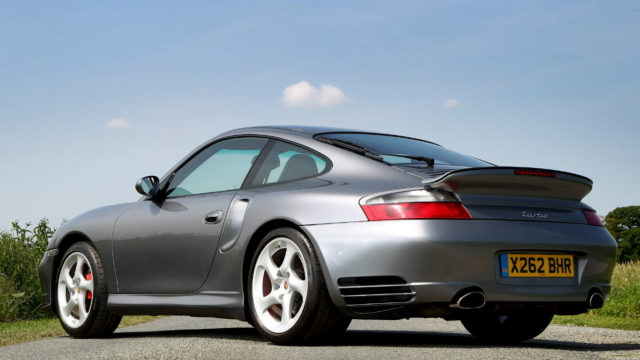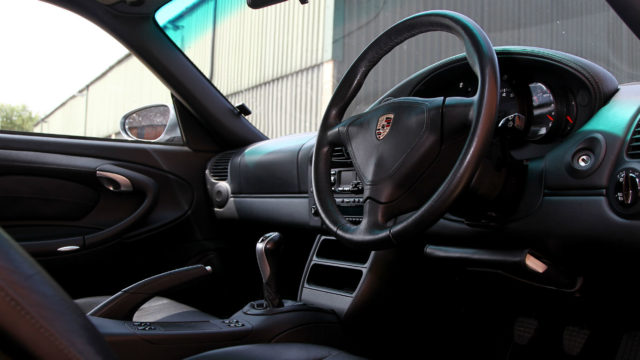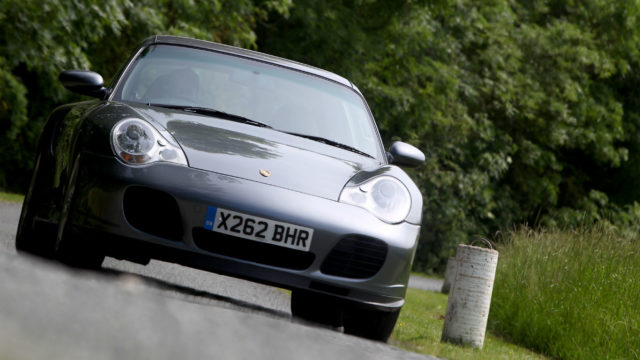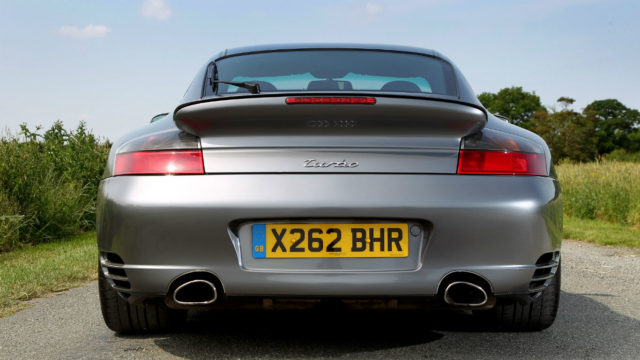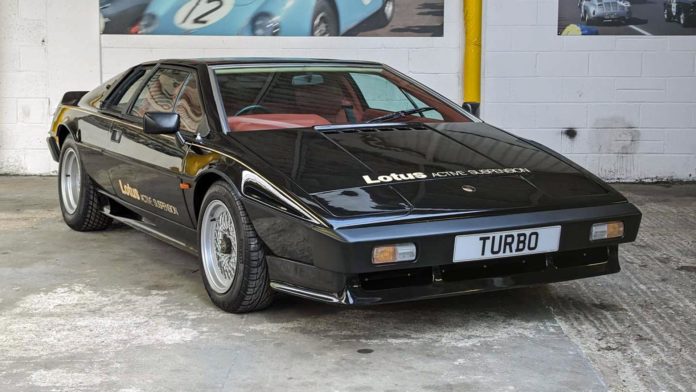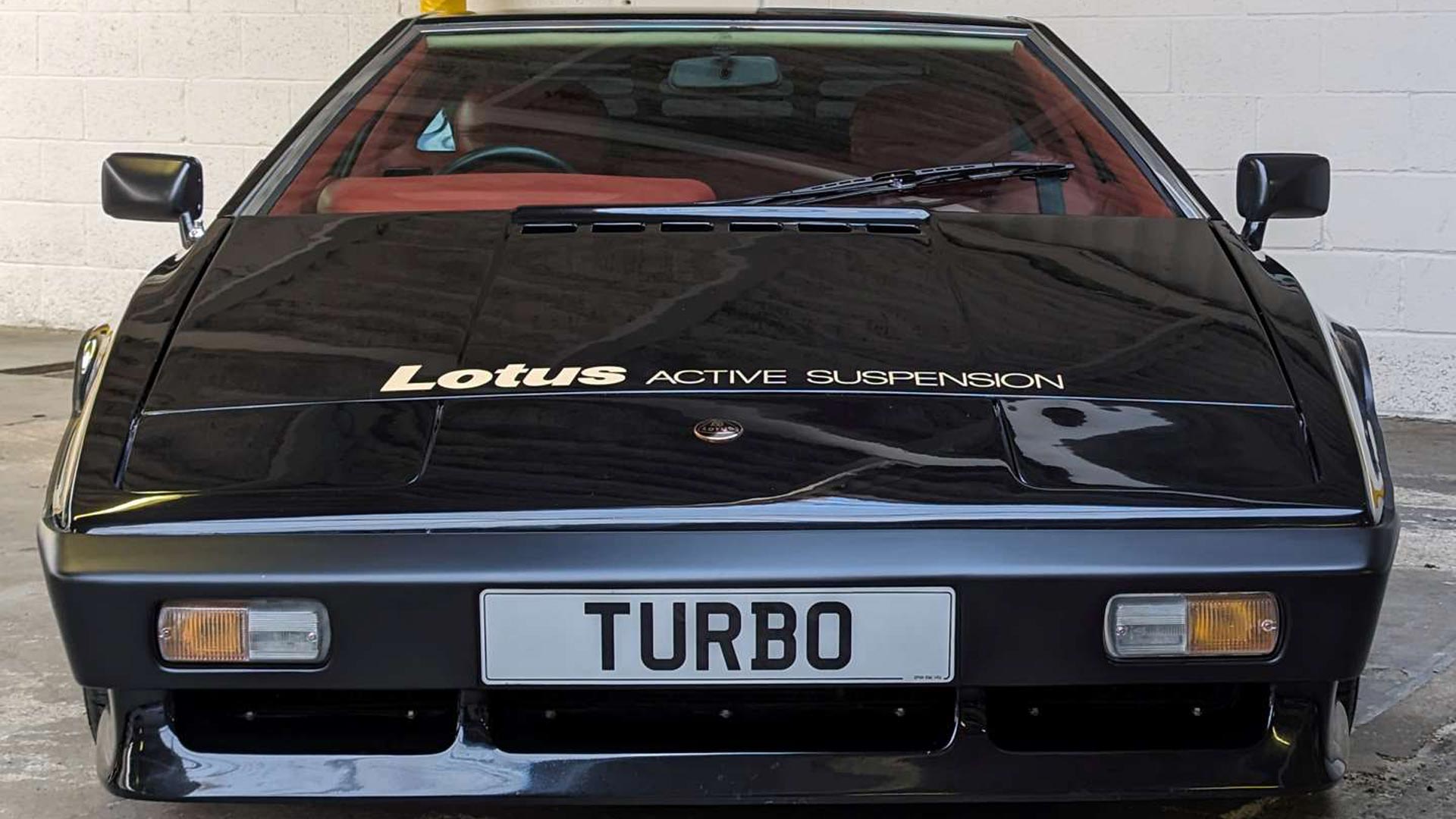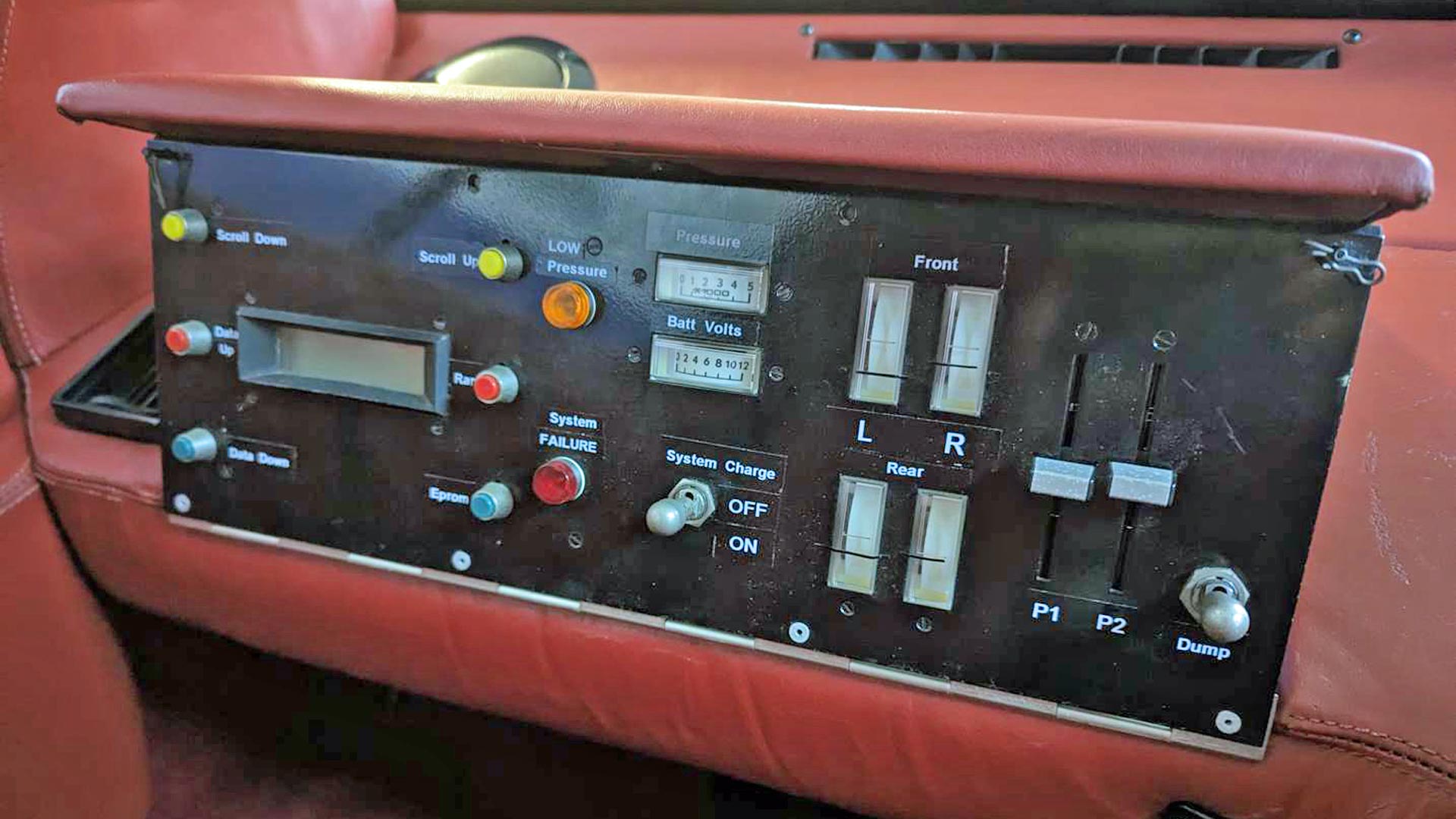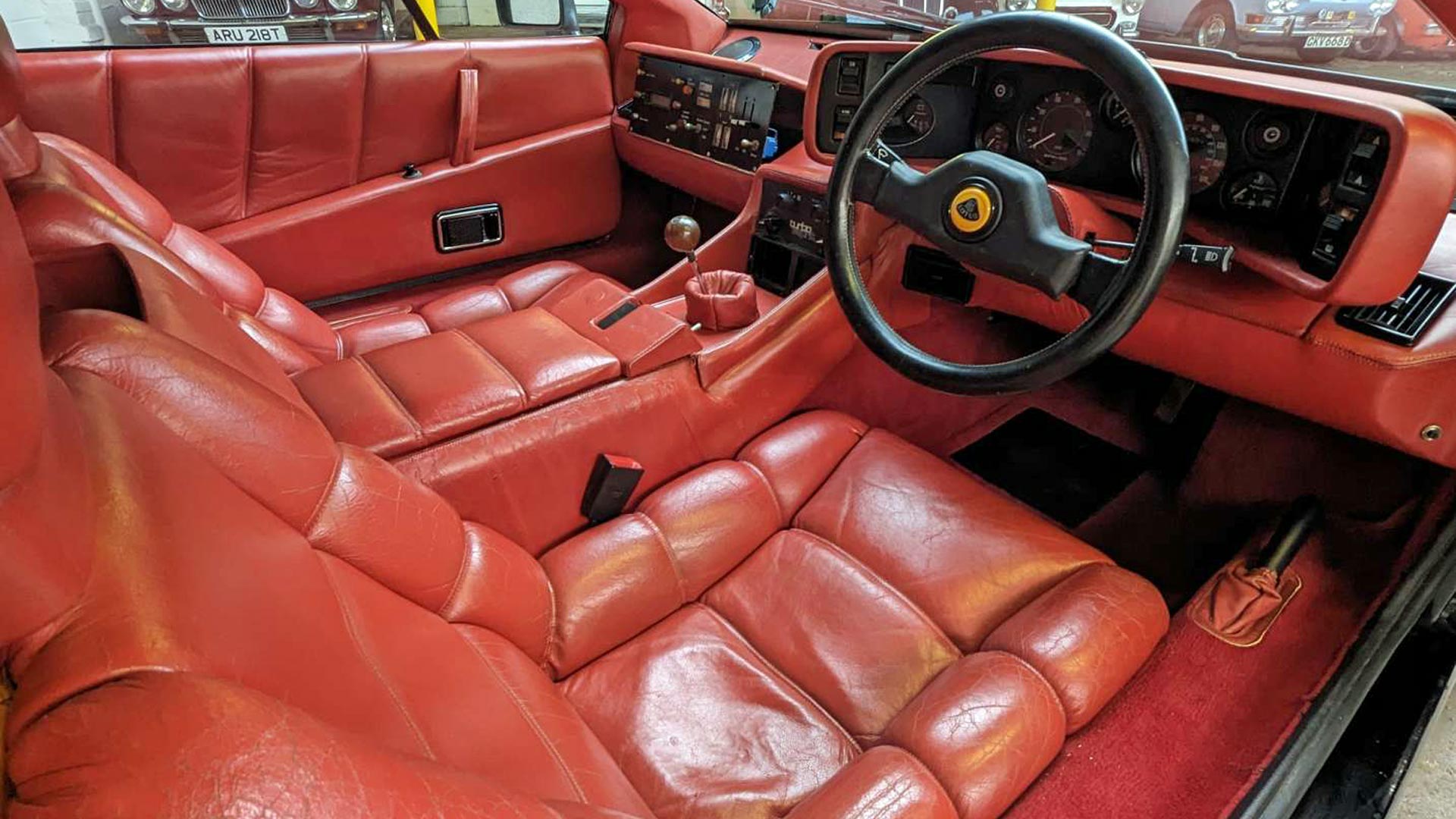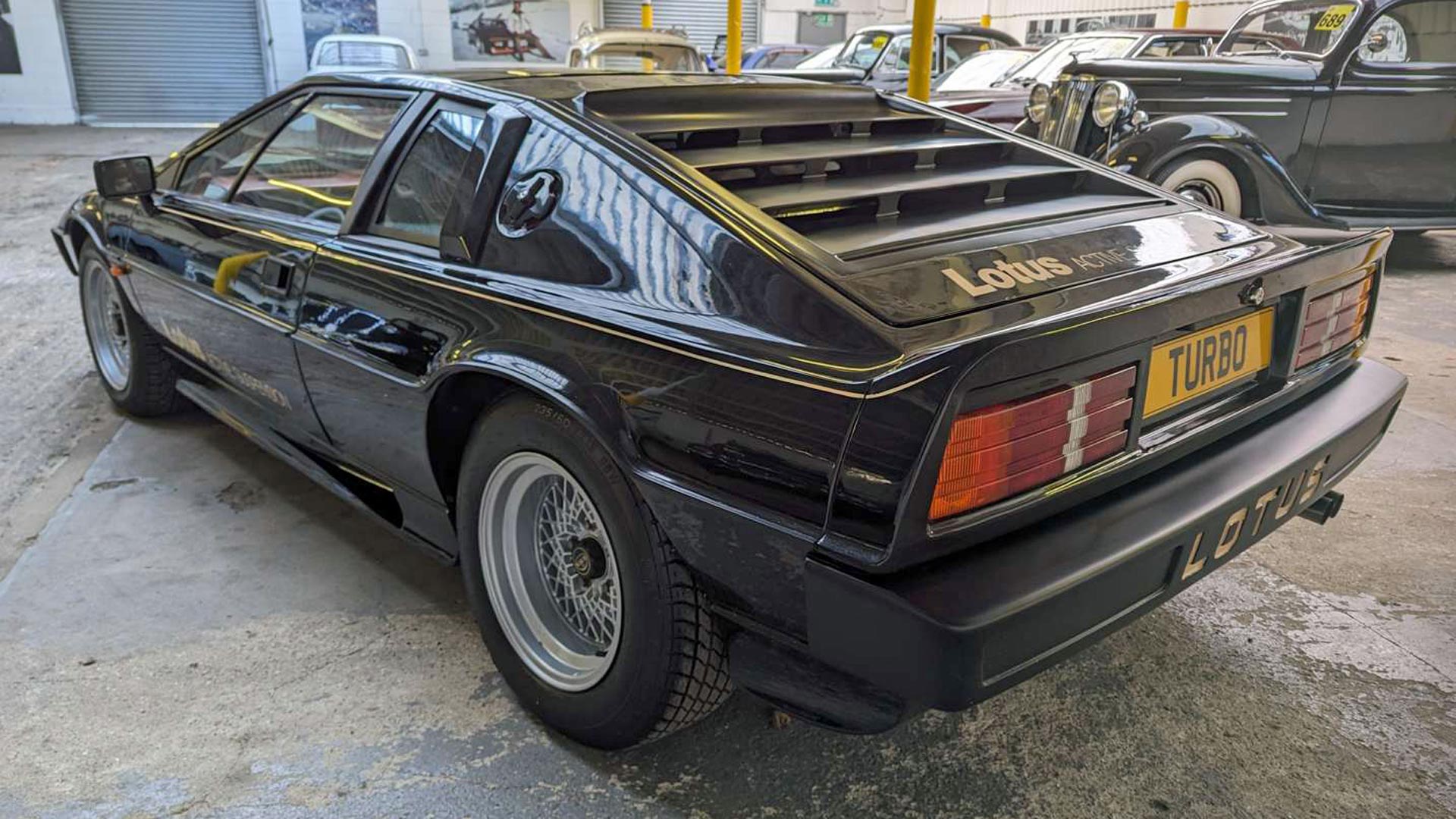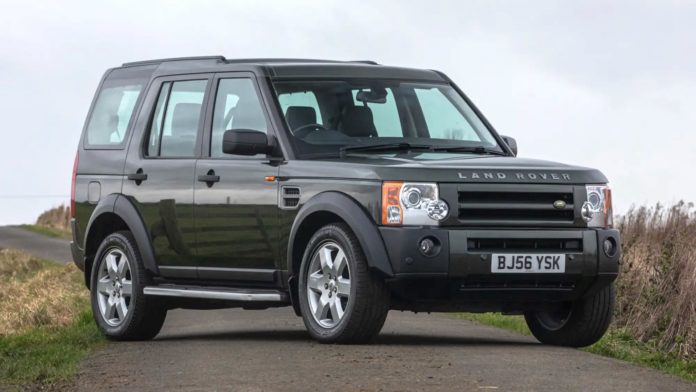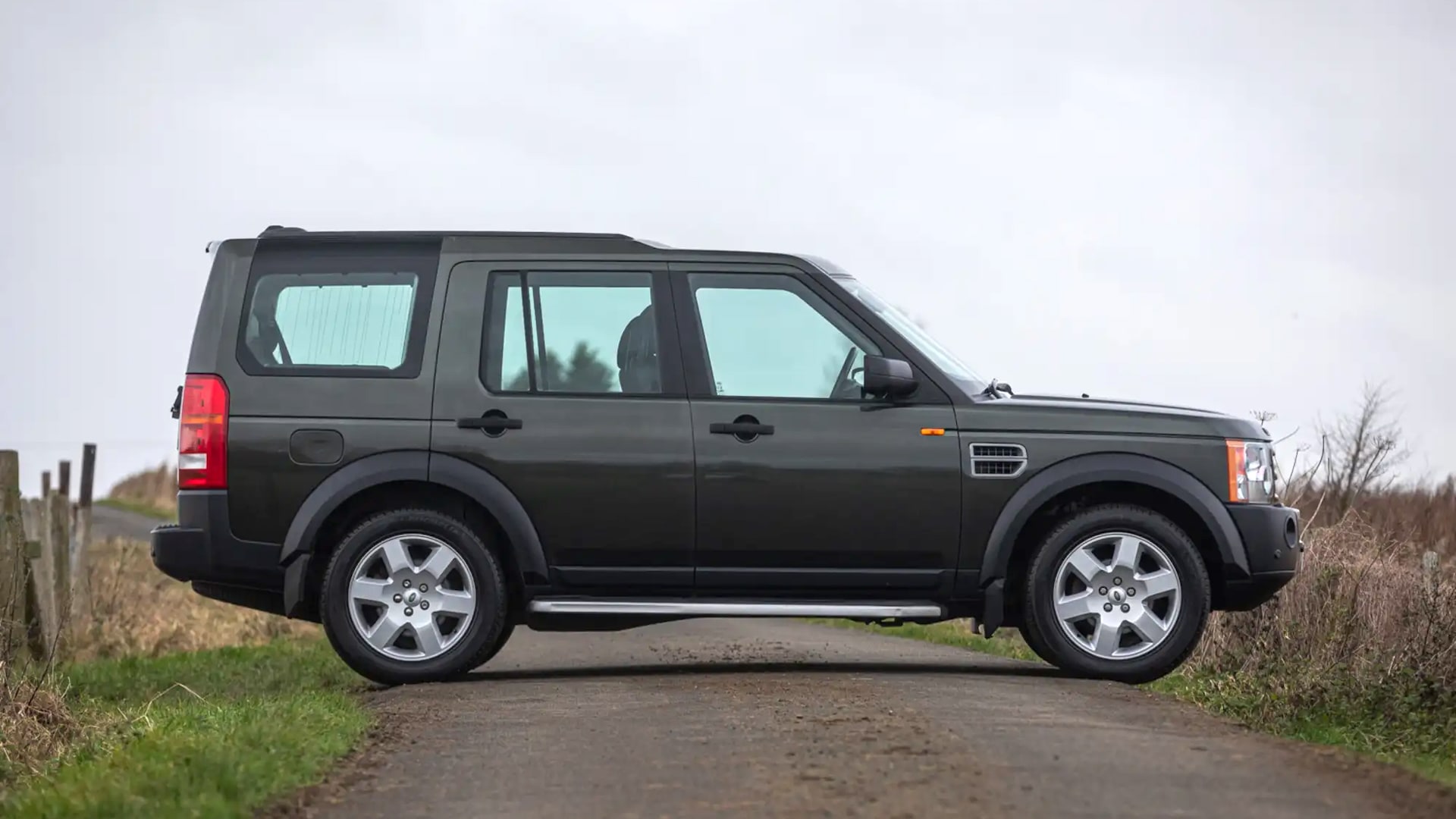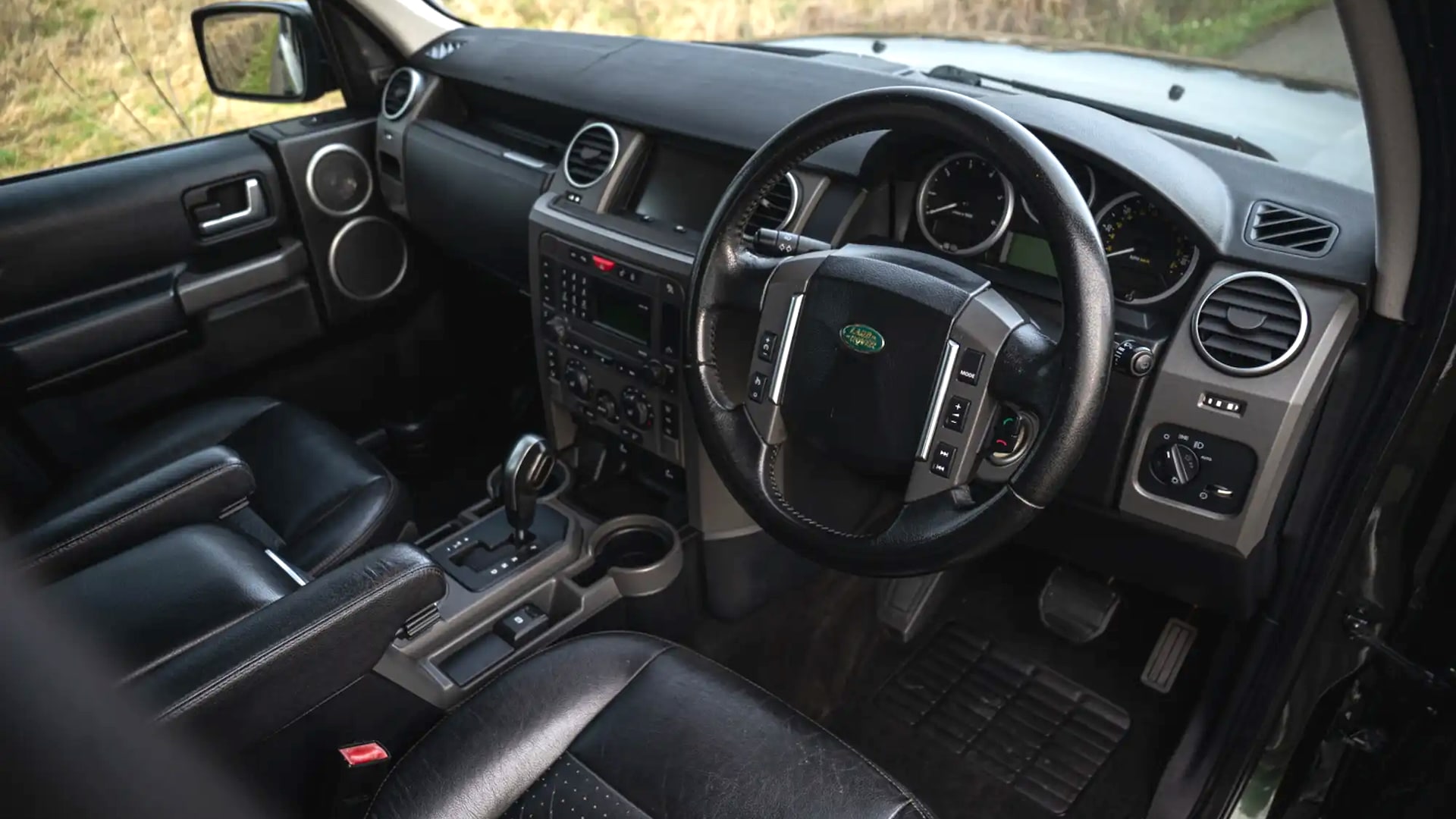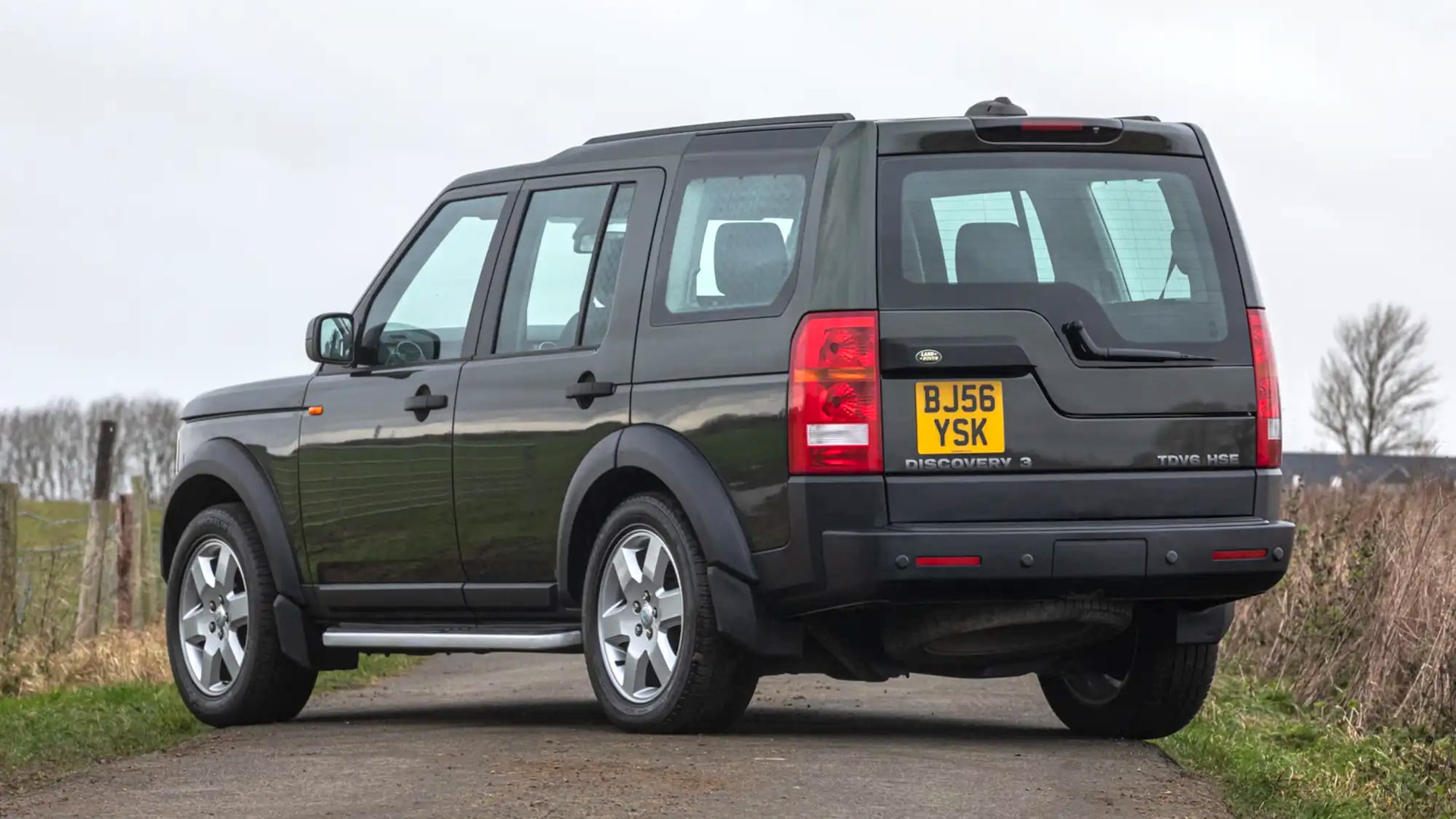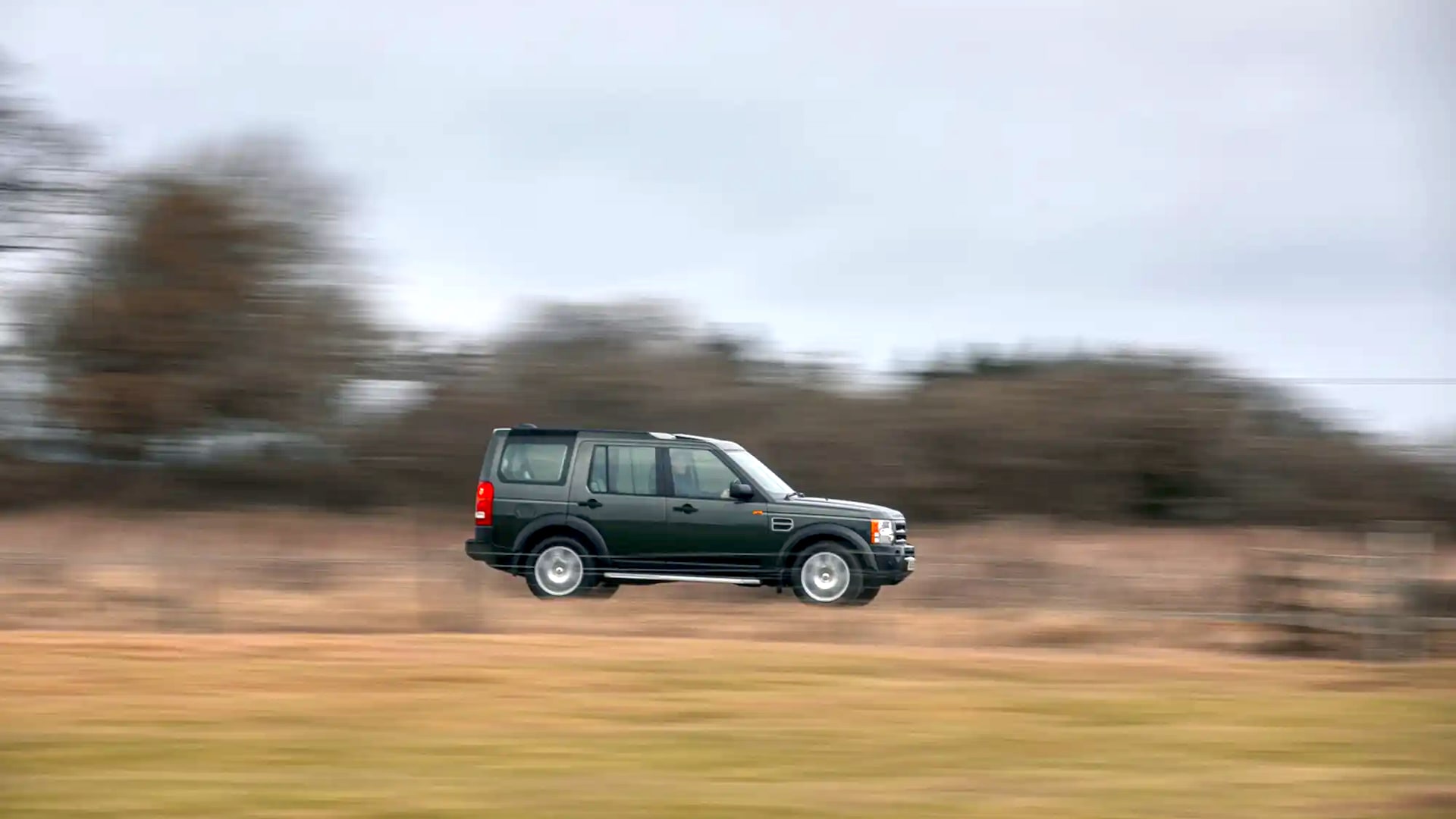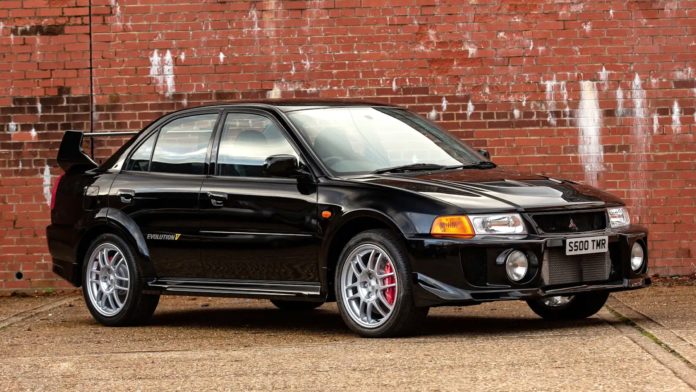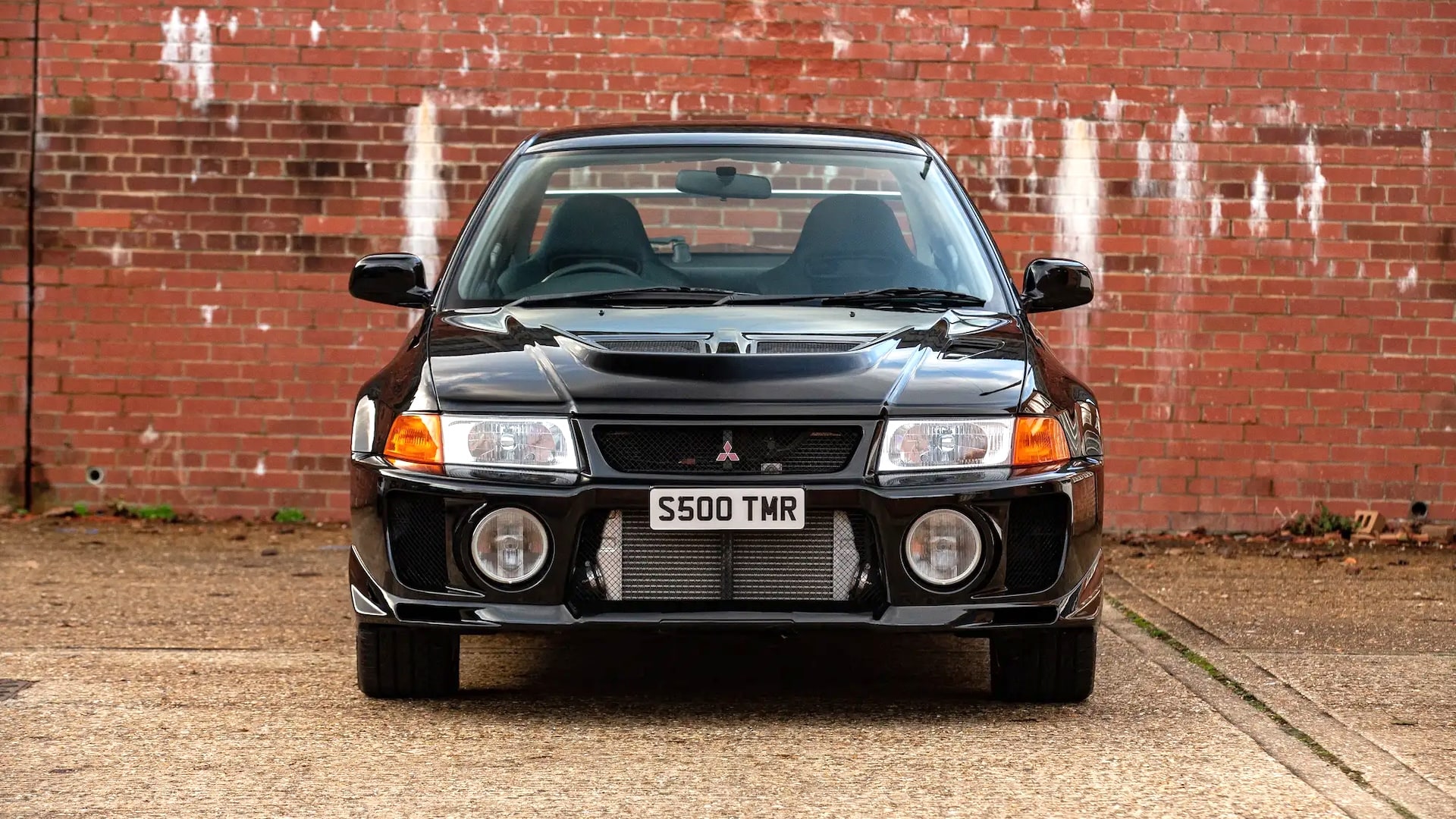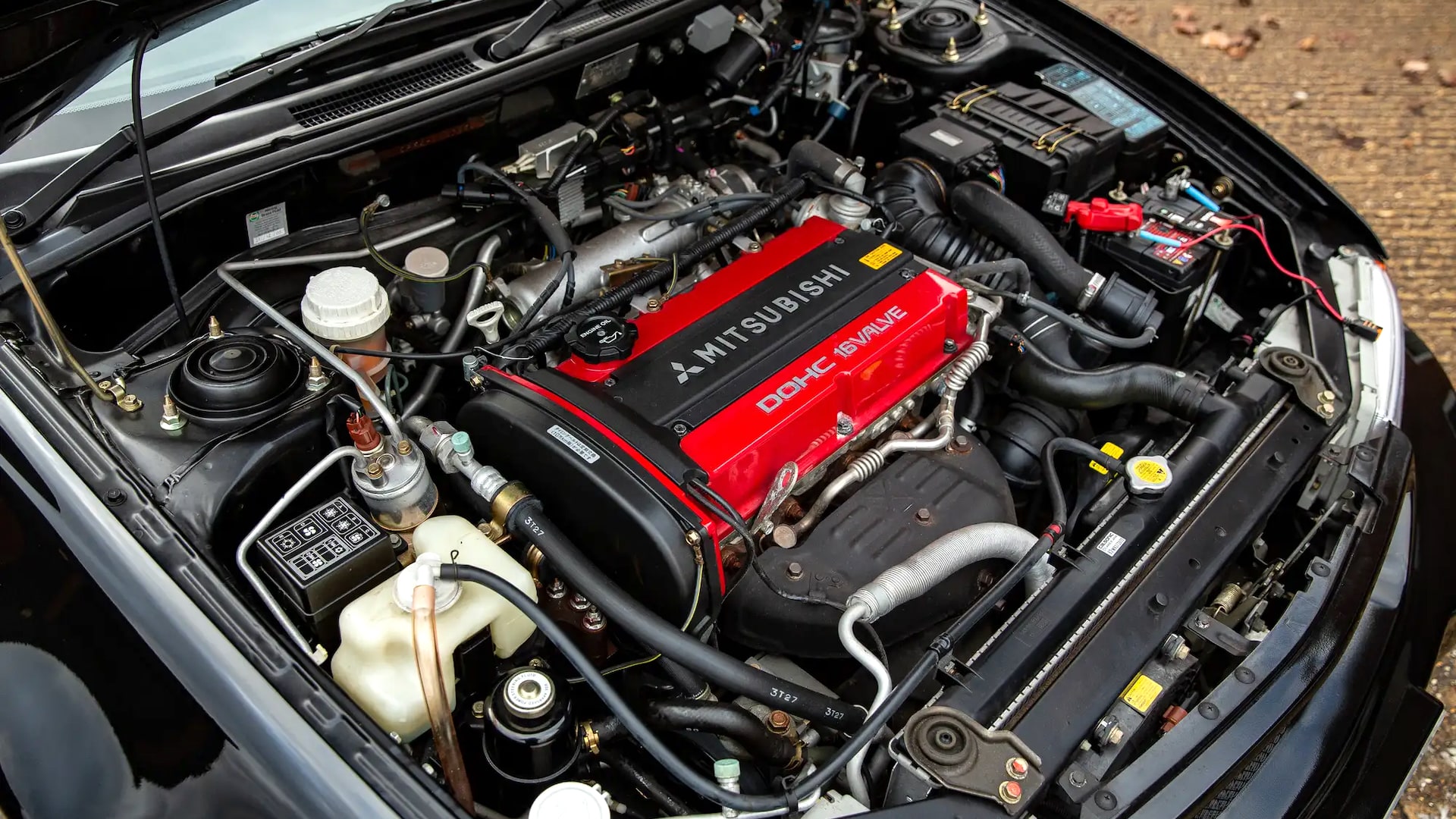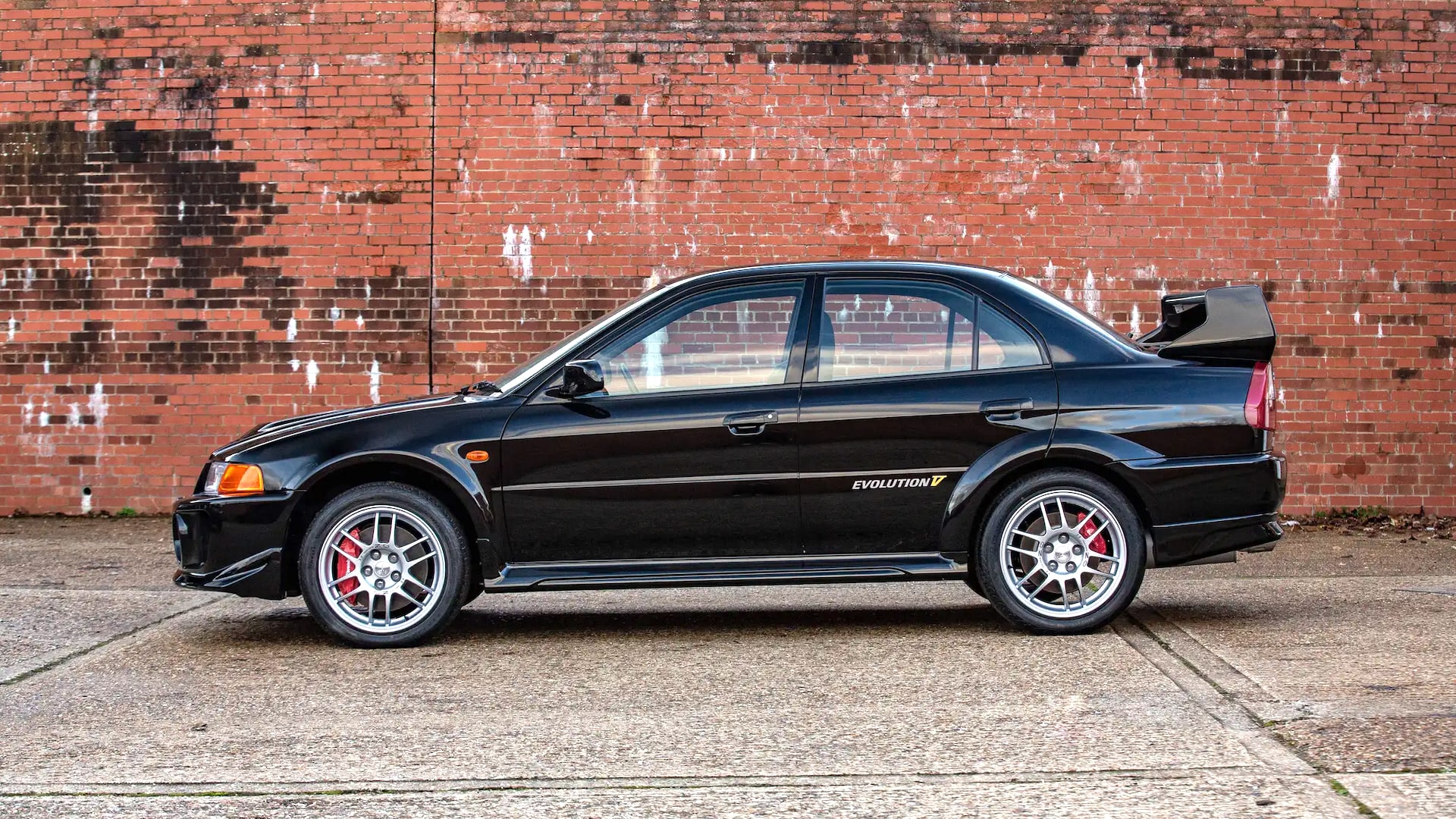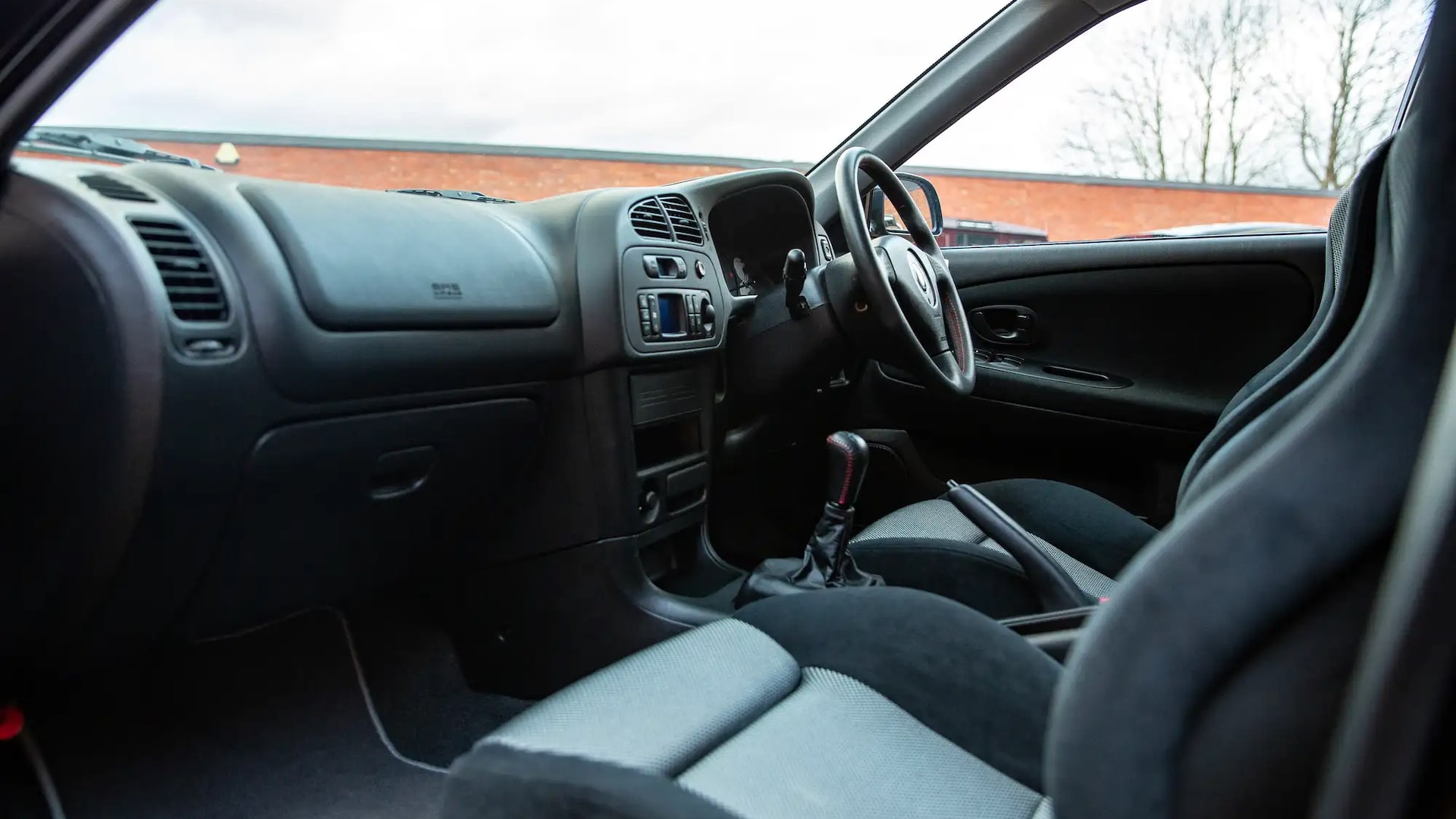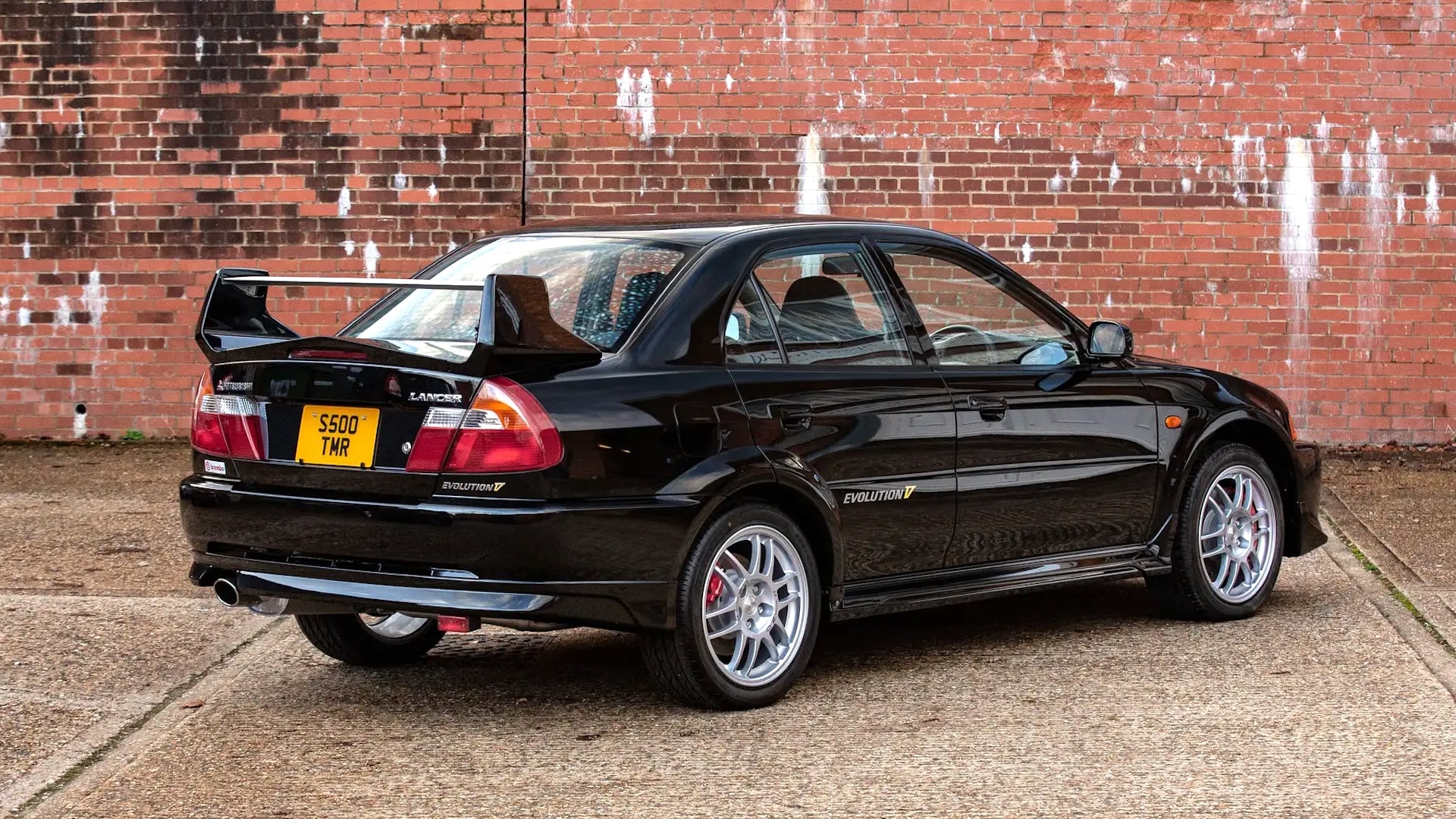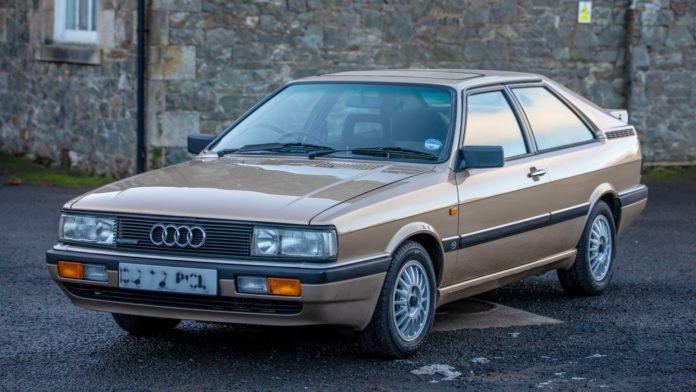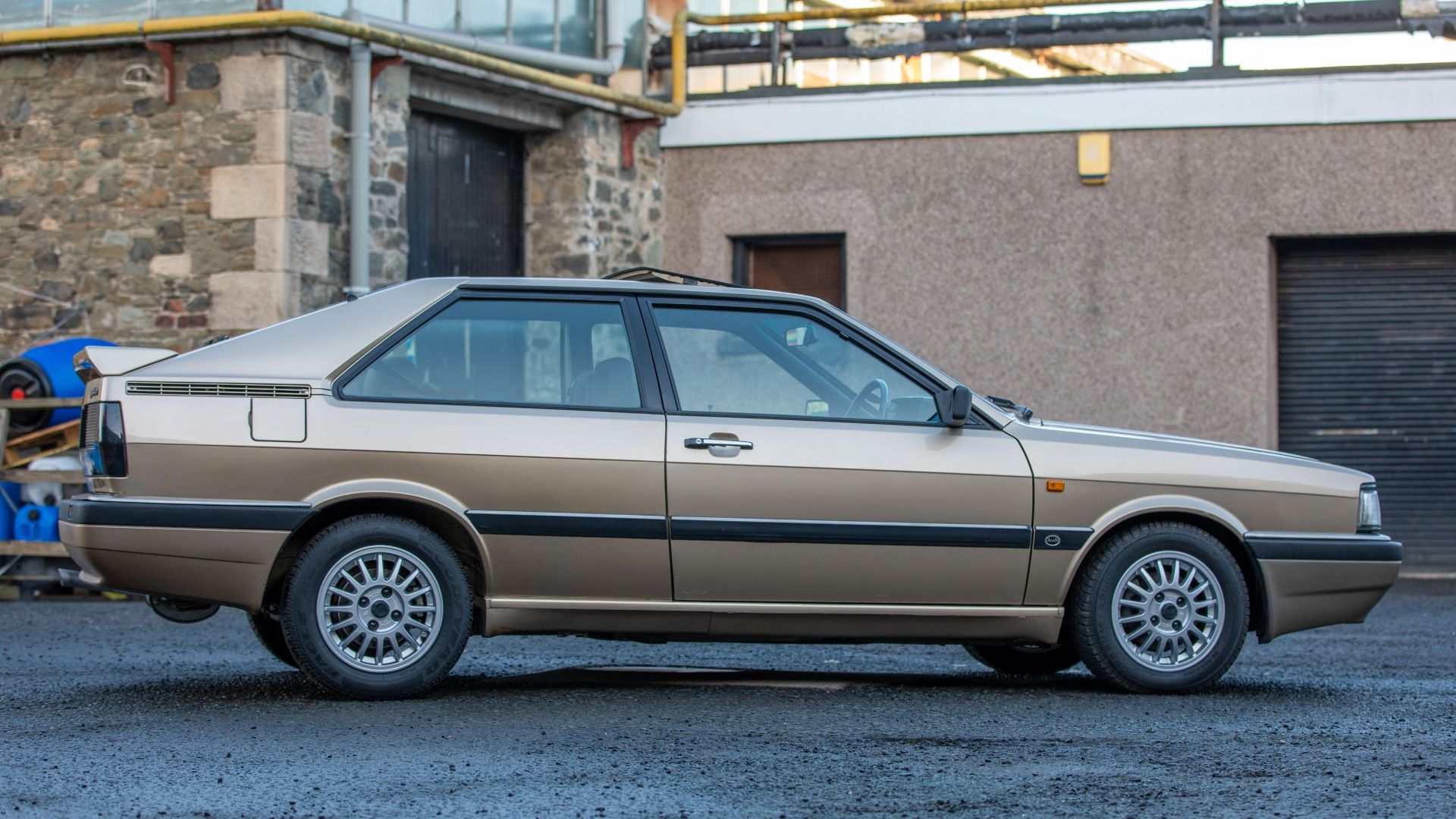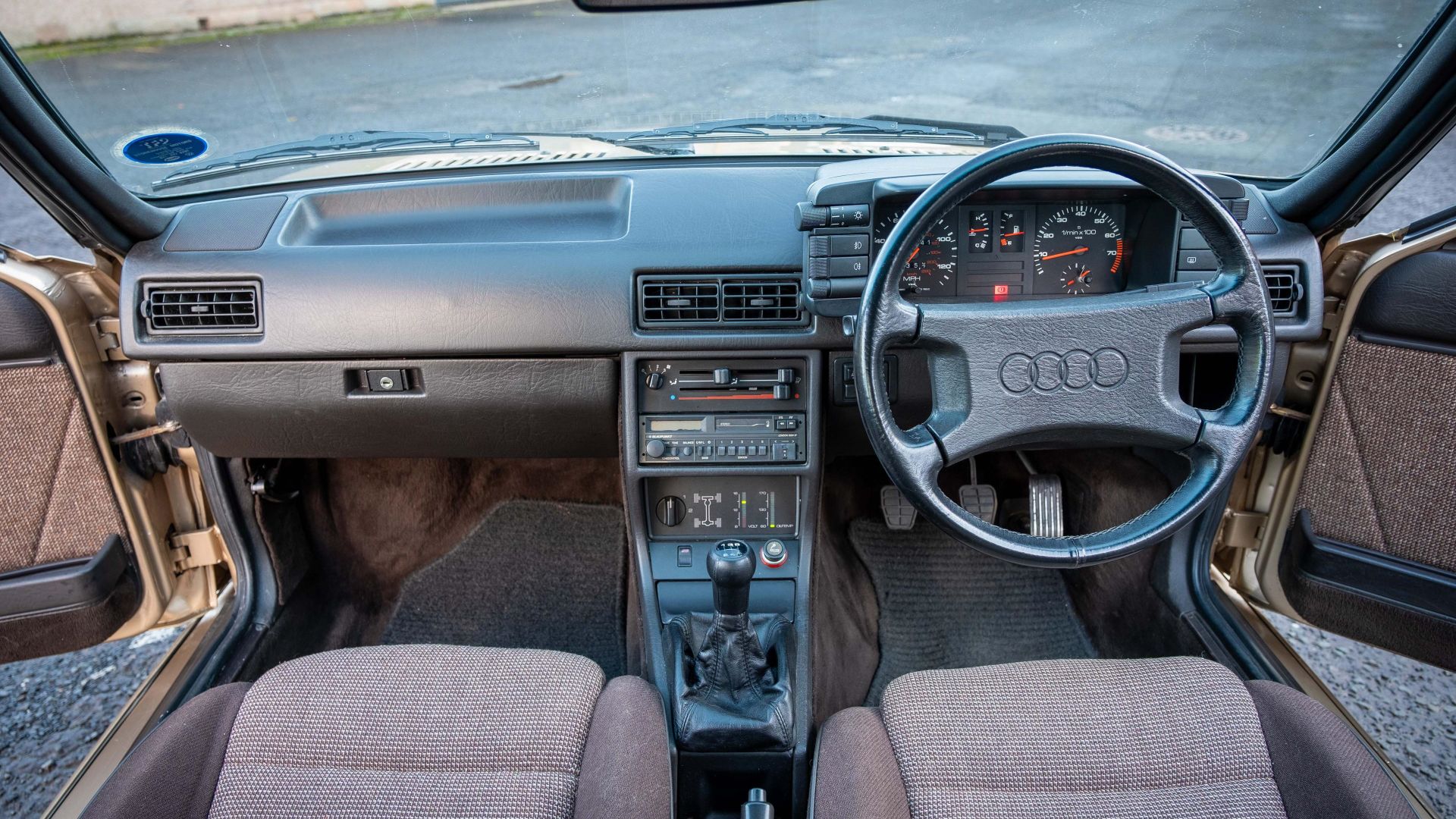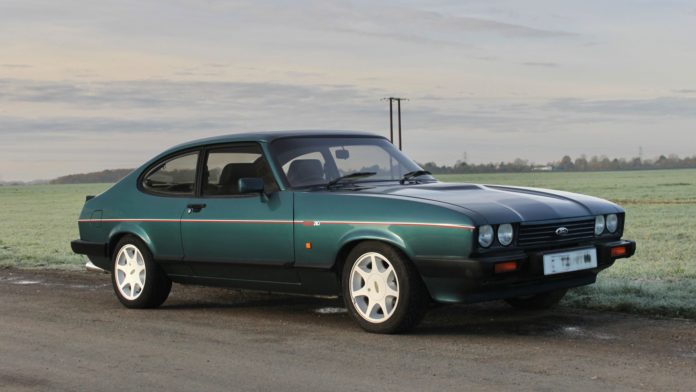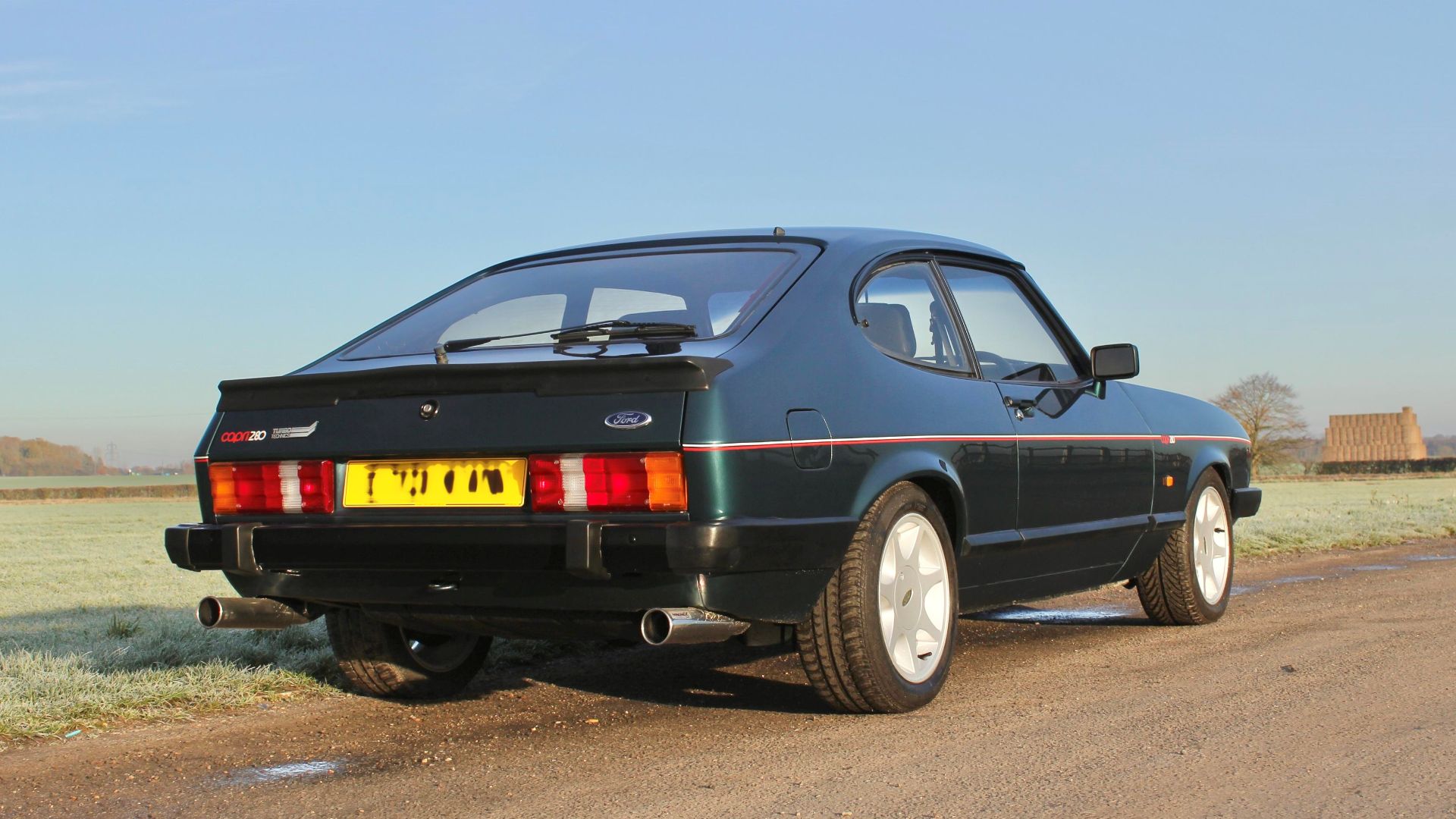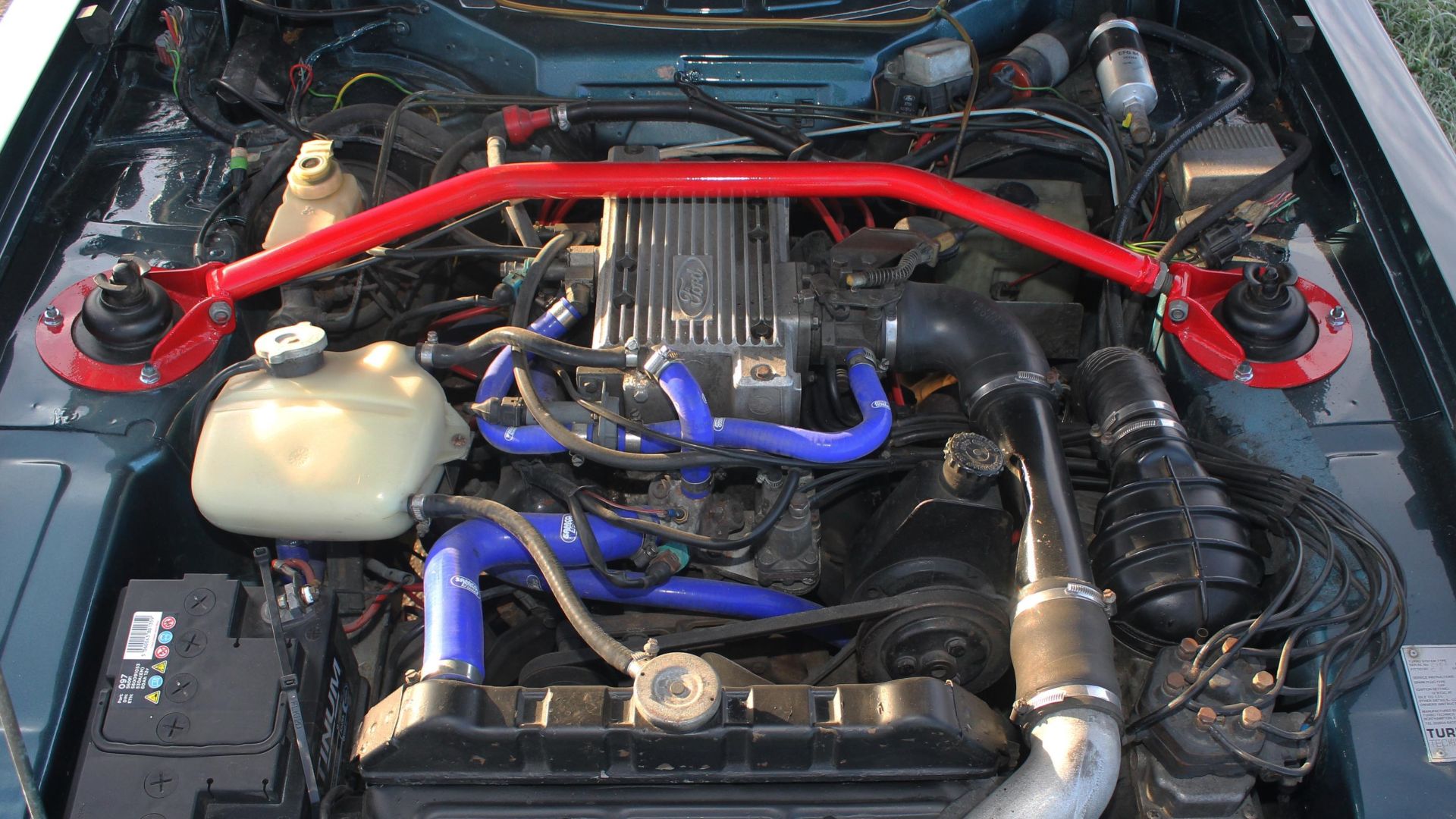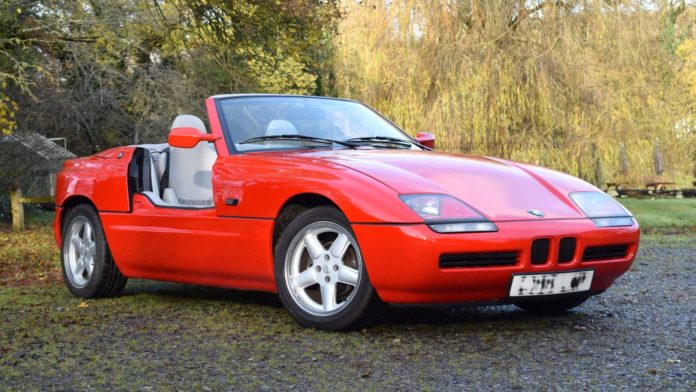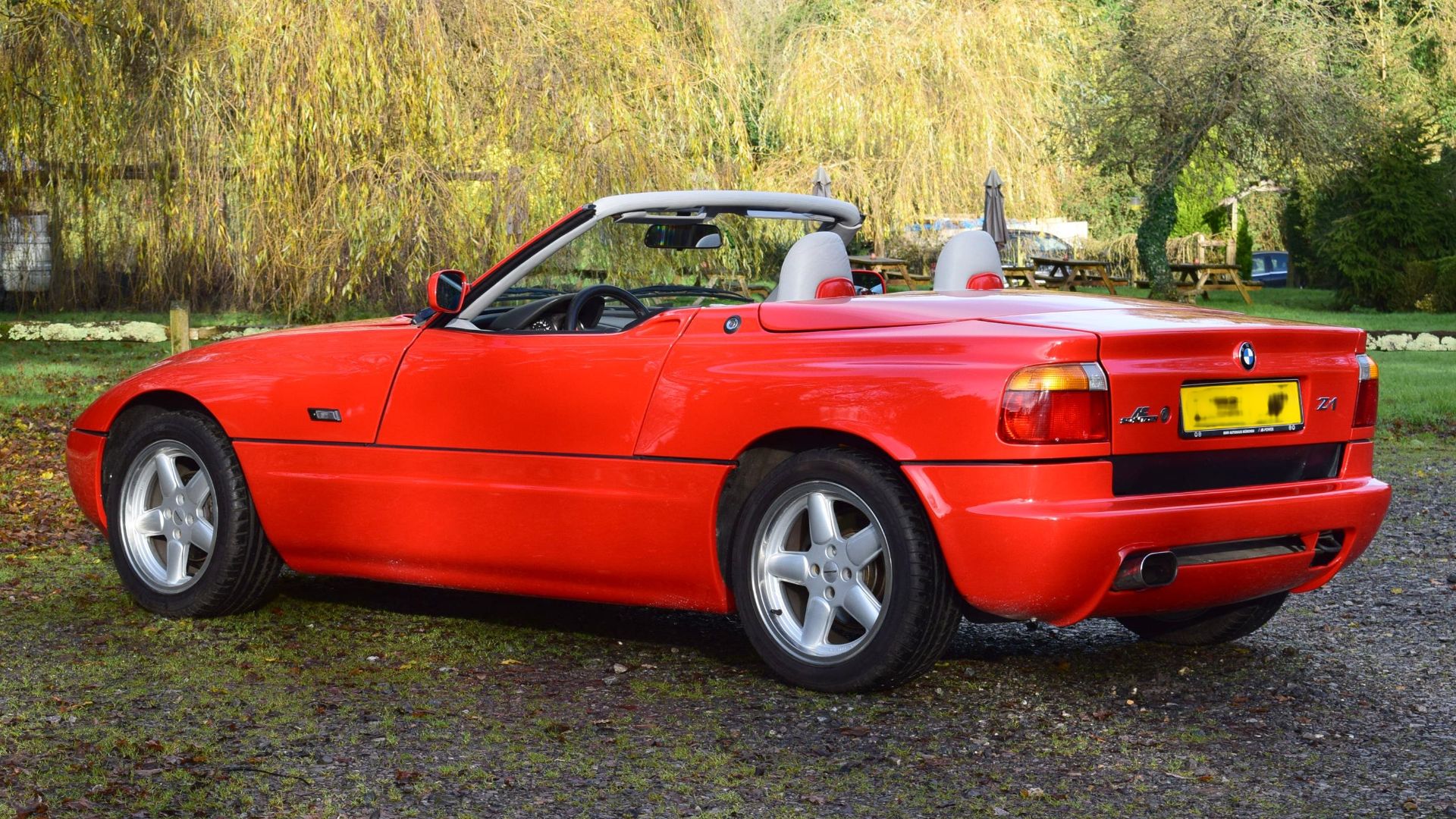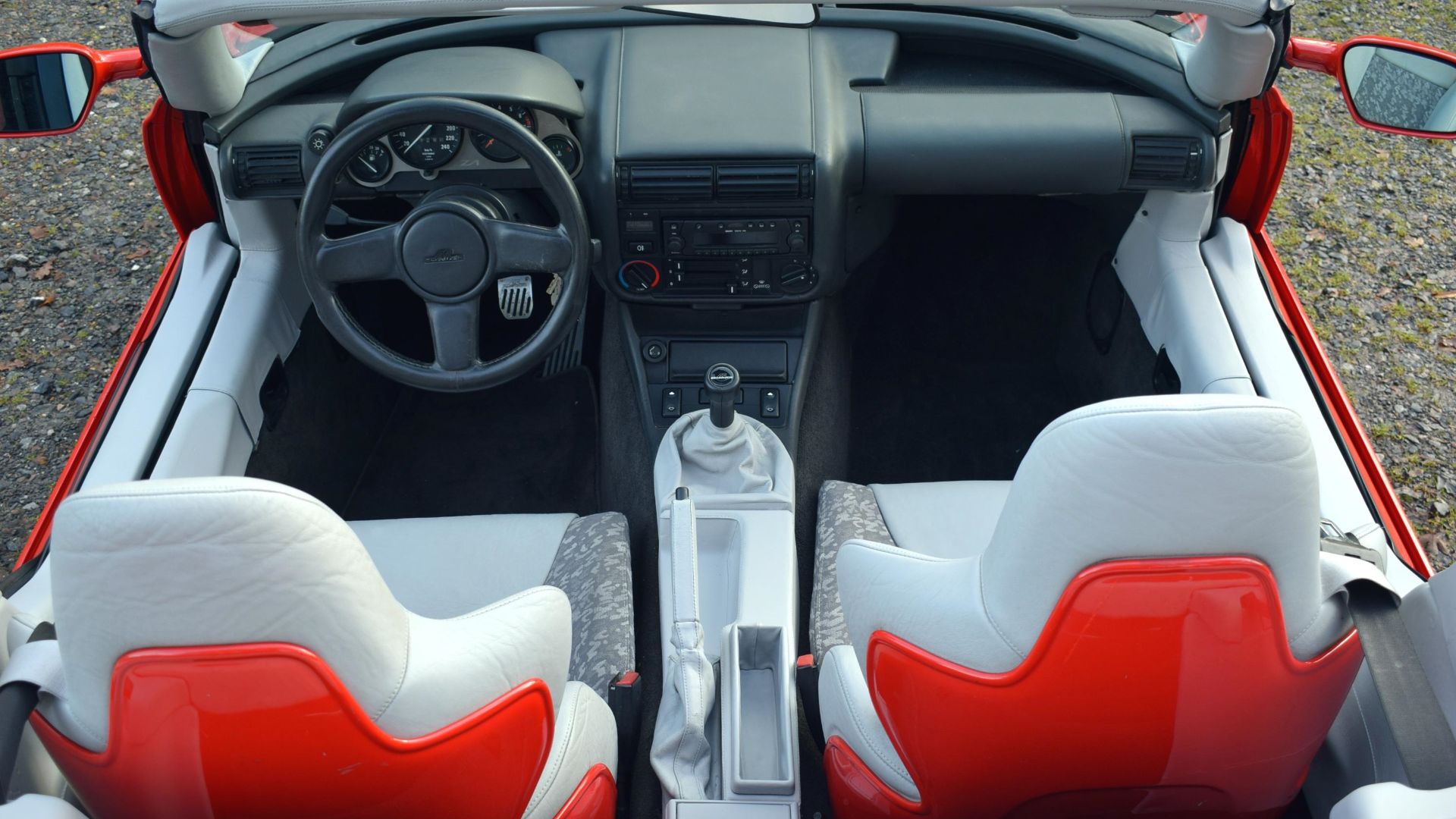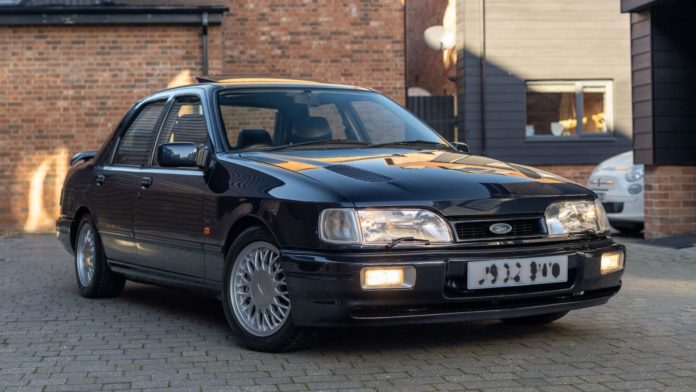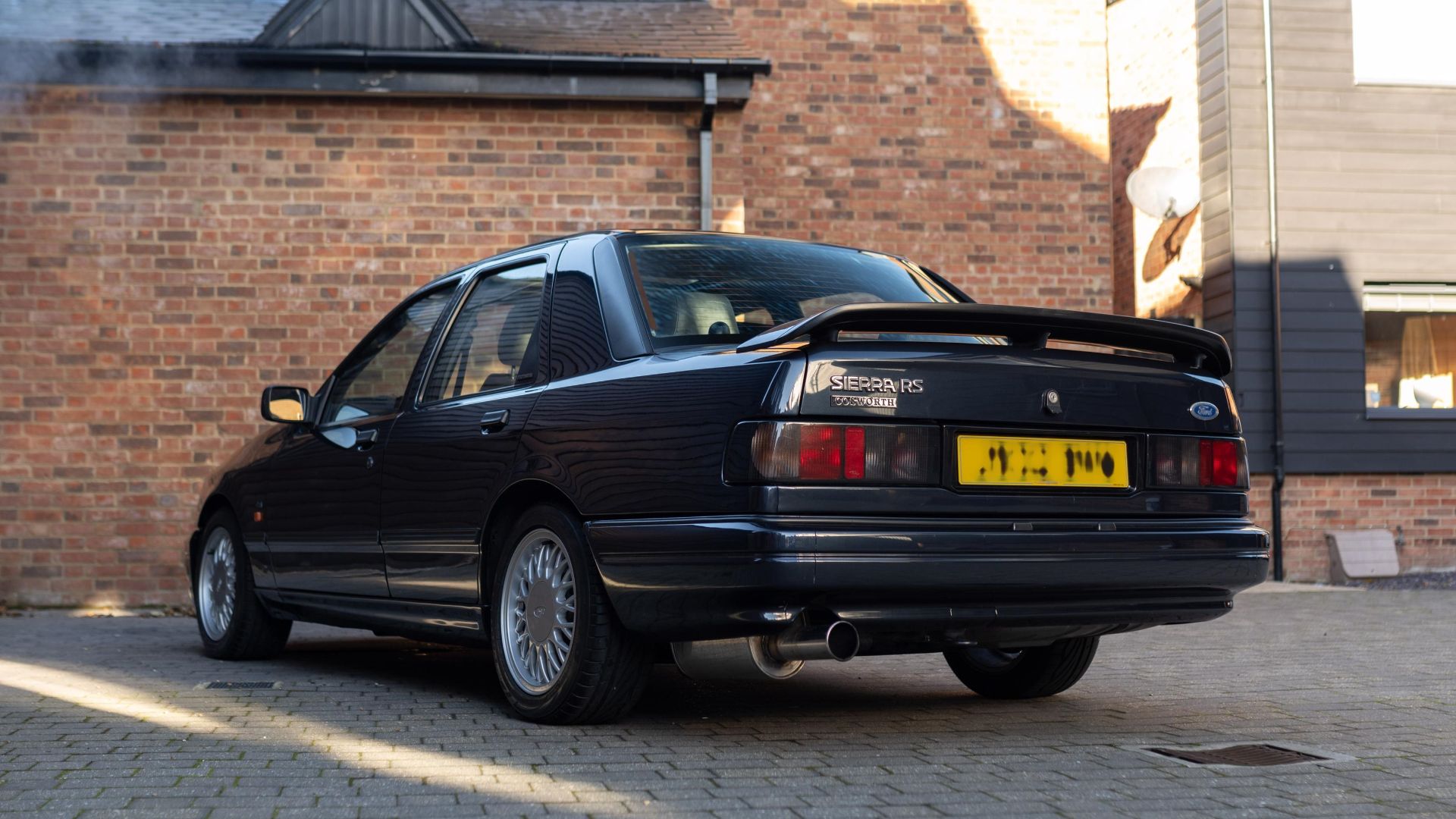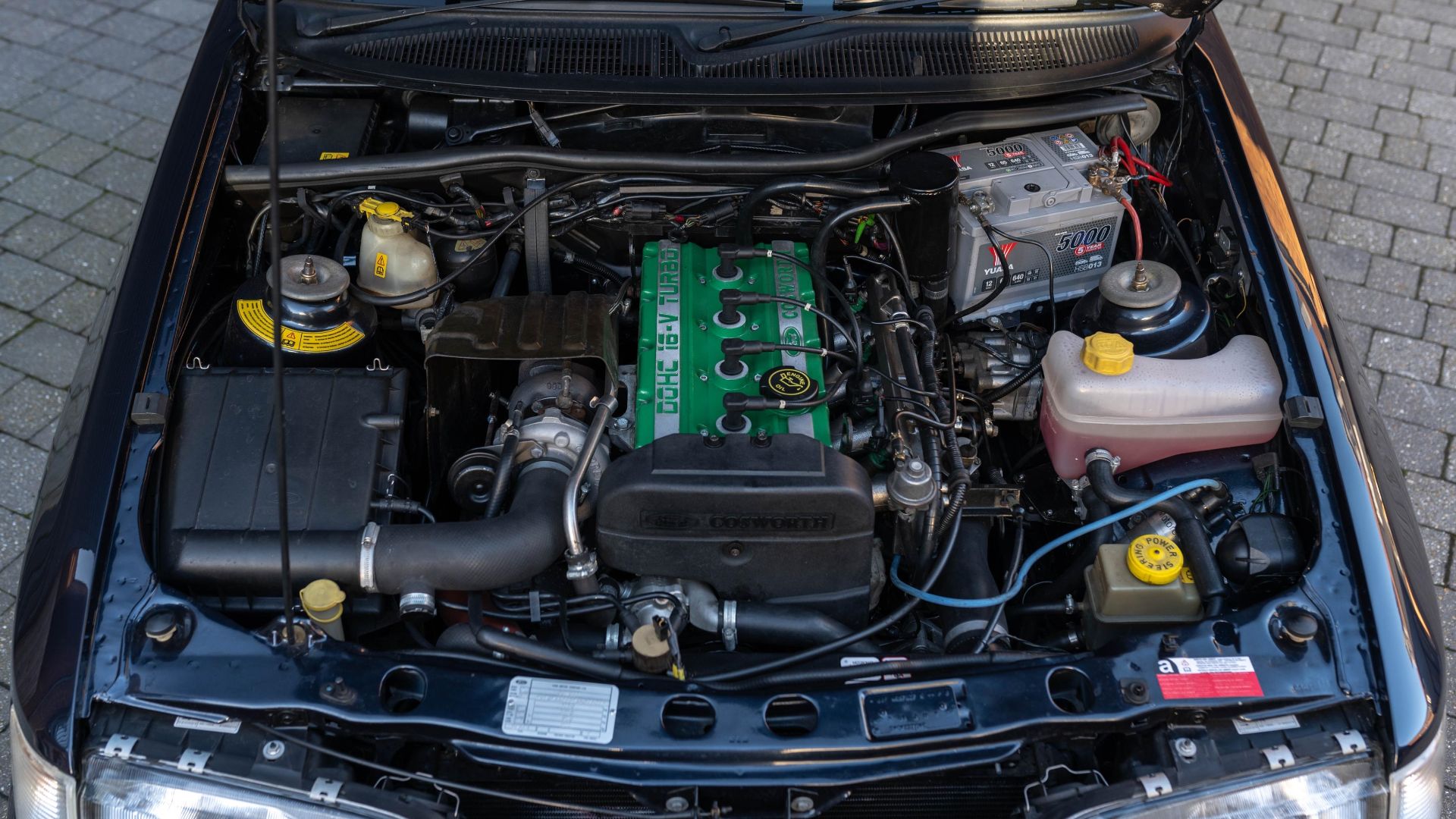Introduced in the early 1980s, the entry-level Mercedes-Benz 190E was a competitor for the second-generation ‘E30’ BMW 3 Series. It was also a relatively affordable alternative to the upmarket – and very popular – Mercedes E-Class and S-Class models.
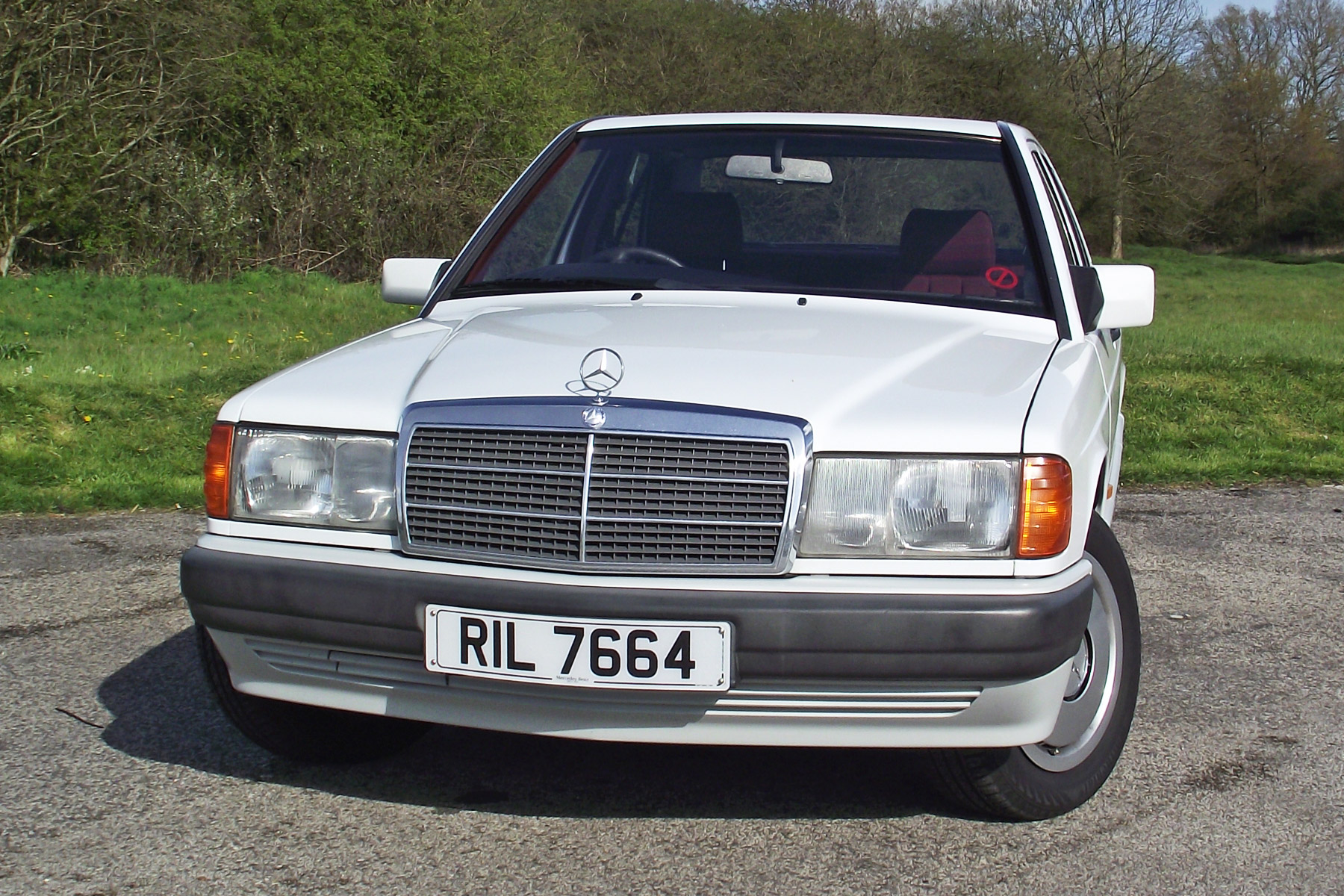
When new in 1991, the 2.0-litre 190E driven here would have cost in the region of £20,000. That price tag put a Mercedes-Benz within a couple of grand of a high-spec Ford Sierra. The badge kudos was worth the extra outlay alone.
What are its rivals?
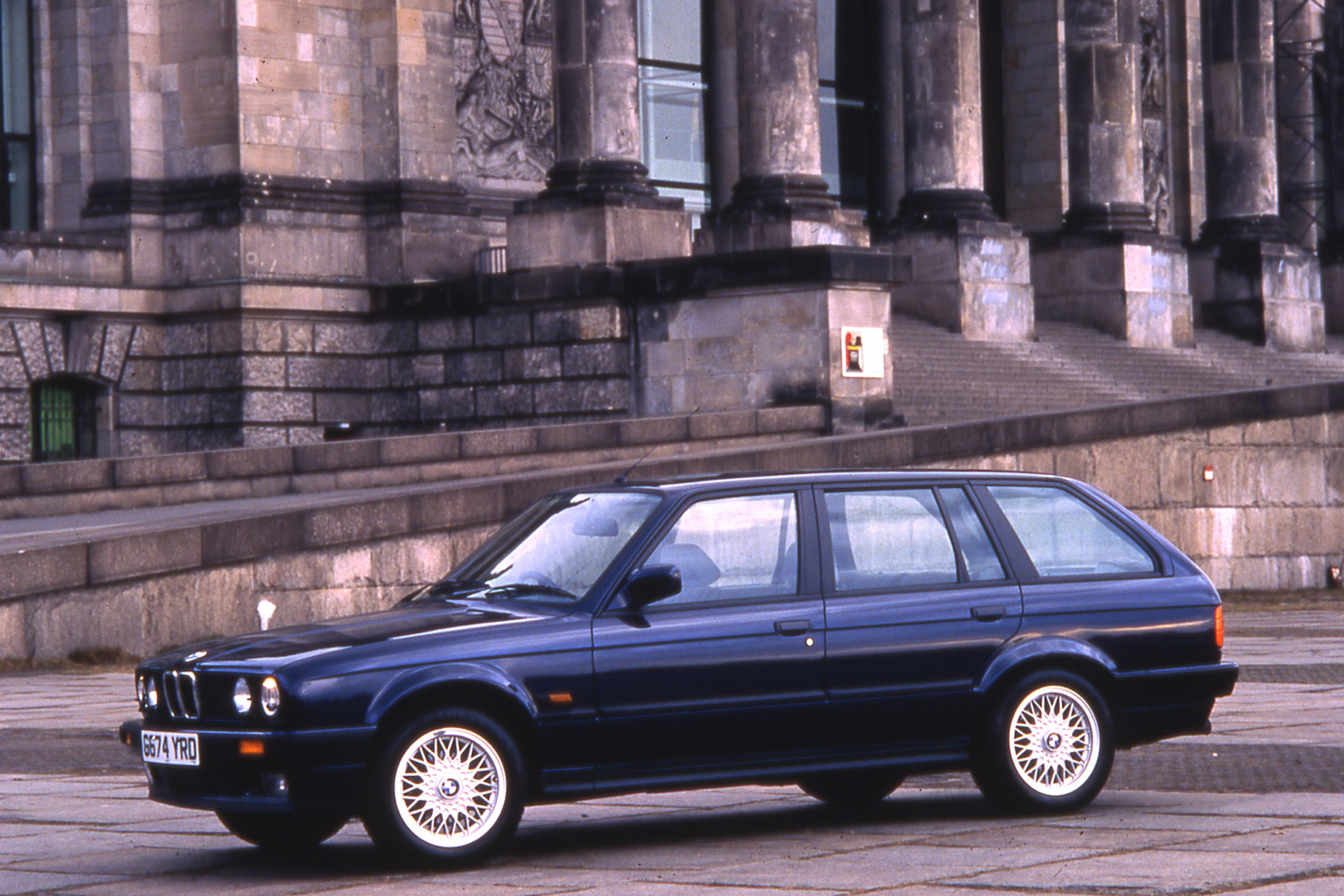
The 190E’s biggest rivals came from its home nation of Germany: the BMW 3 Series and Audi 80. Jaguar didn’t produce a compact executive car at the time.
Back then, if you wanted to prove things were going well in middle-management, you needed to drive a German car.
What engine does it use?
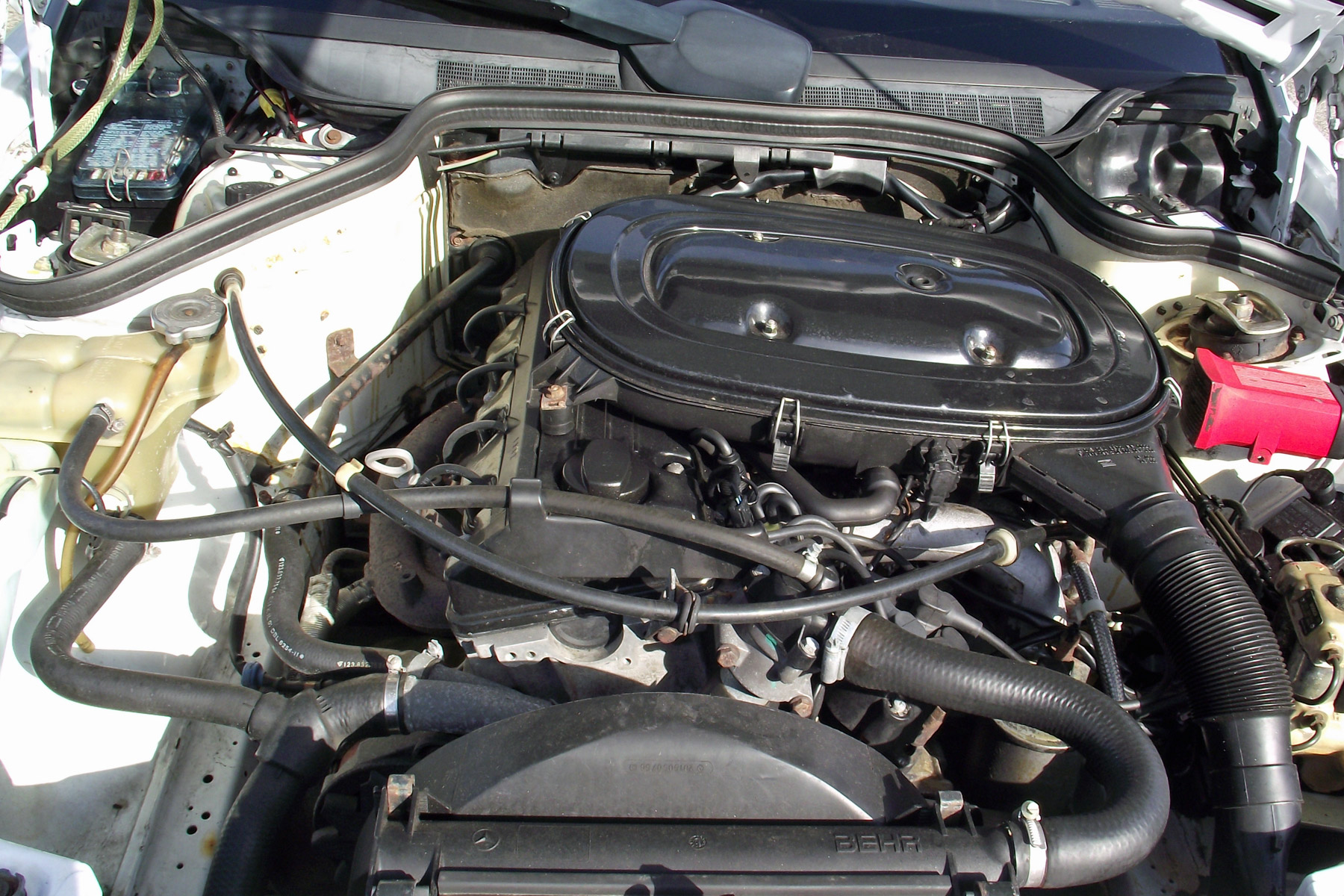
The Mercedes-Benz 190E was offered with a range of engines, starting with a 1.8-litre four-cylinder petrol producing 109hp. Those looking for performance could opt for the 160hp 2.6-litre six-cylinder motor.
The car we tested here features Europe’s most popular engine for the 190E: the 2.0-litre petrol, combined with a five-speed manual gearbox.
Although rare, a low-power carburretted 190 was available at first (note the lack of ‘E’ for Einspritzung, or ‘fuel injection’ in English). Diesels were also sold and proved popular around the world.
What’s it like to drive?
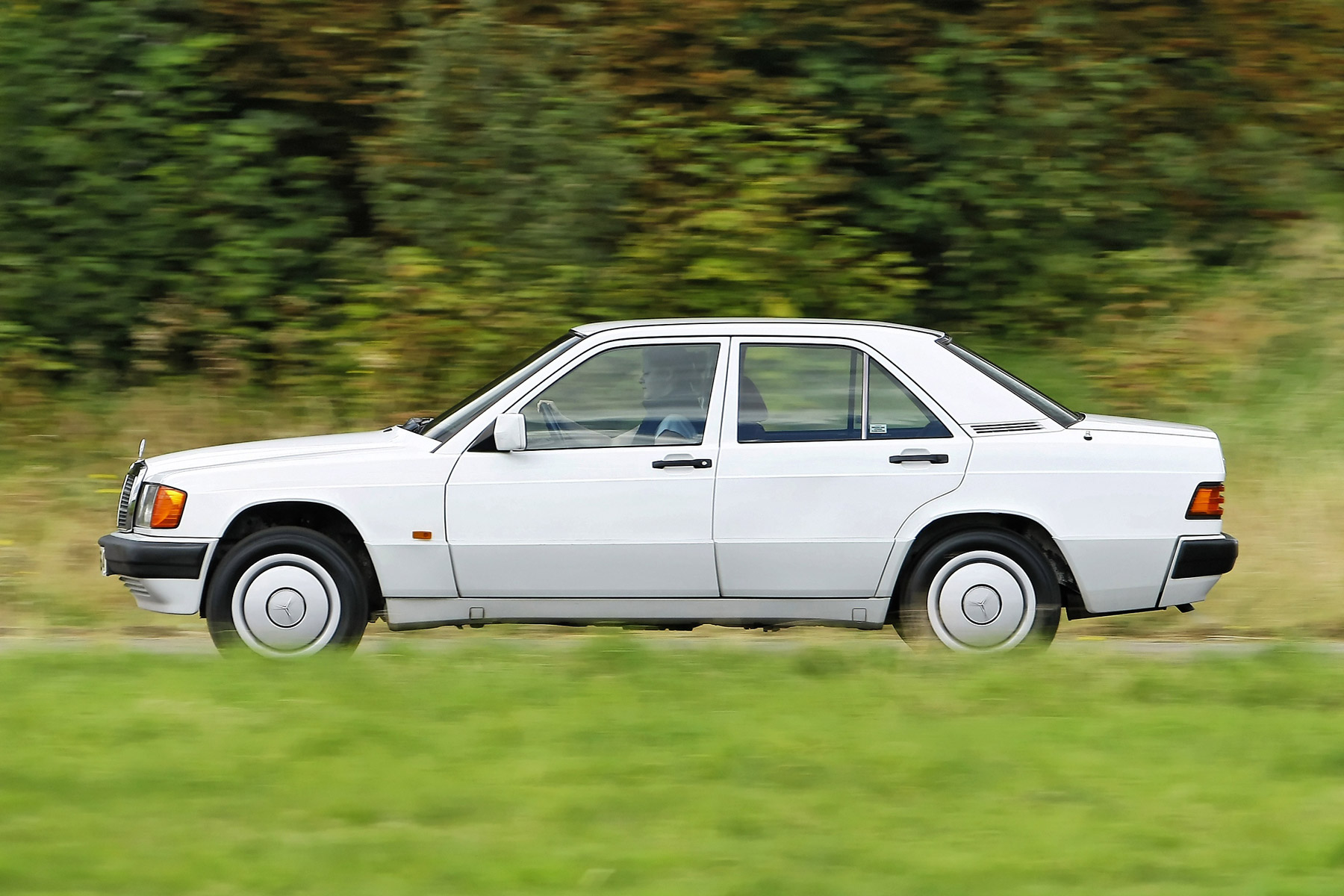
Mercedes-Benz says the 190E was over-engineered, thanks to the massive £600 million it spent researching and developing the car. That claim is easy to believe once you get behind the wheel.
In typical Mercedes tradition, the manual gearbox isn’t the slickest, and we suspect an automatic transmission would better suit the car. There’s quite a long throw between gears, while the ratios are long, meaning you have to select first gear at higher speeds than you’d expect.
The steering is light and feels a bit vague at first, discouraging you from making any kind of swift progress. But that’s not an issue – it’s the sort of car that you feel quite happy to drive at a sedate speed, watching everyone else rush around you.
However, you’re in for a surprise if you do decide to put your foot down. The cars hunkers down, in the way only old, rear-driven German executive saloons do, and handles much better than its larger peers. Sure, it can’t match an E30 BMW for dynamic prowess, but it’s certainly not dull.
Reliability and running costs
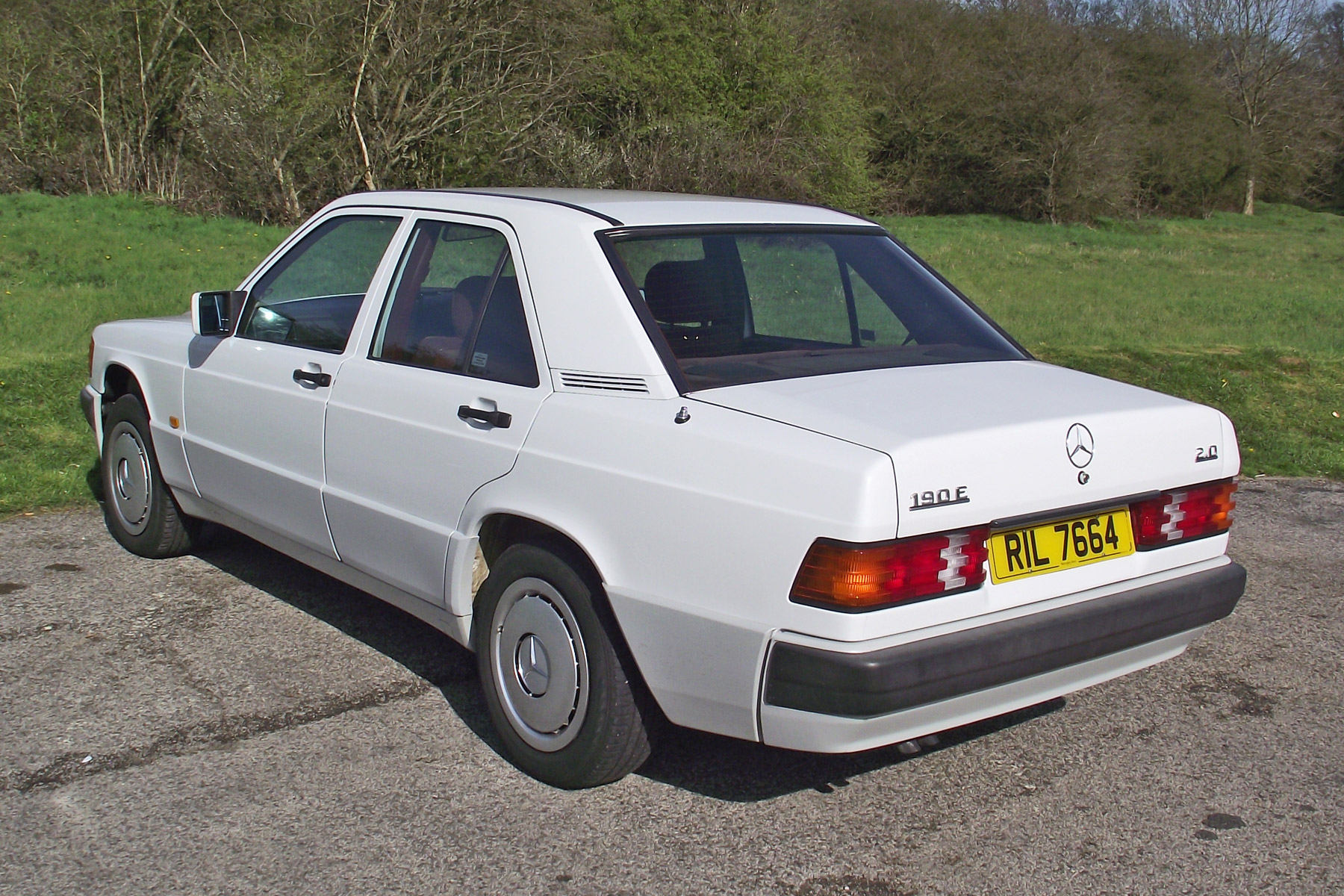
That over-engineering also means a 190E should prove to be exceptionally reliable. Like any classic car, it’s a good idea to service it regularly and keep on top of any issues, but we’d be surprised if a cared-for 190E left you stranded.
Servicing won’t be cheap, particularly if you use genuine parts and recognised Mercedes-Benz specialists, but it will be money well spent.
Could I drive it every day?
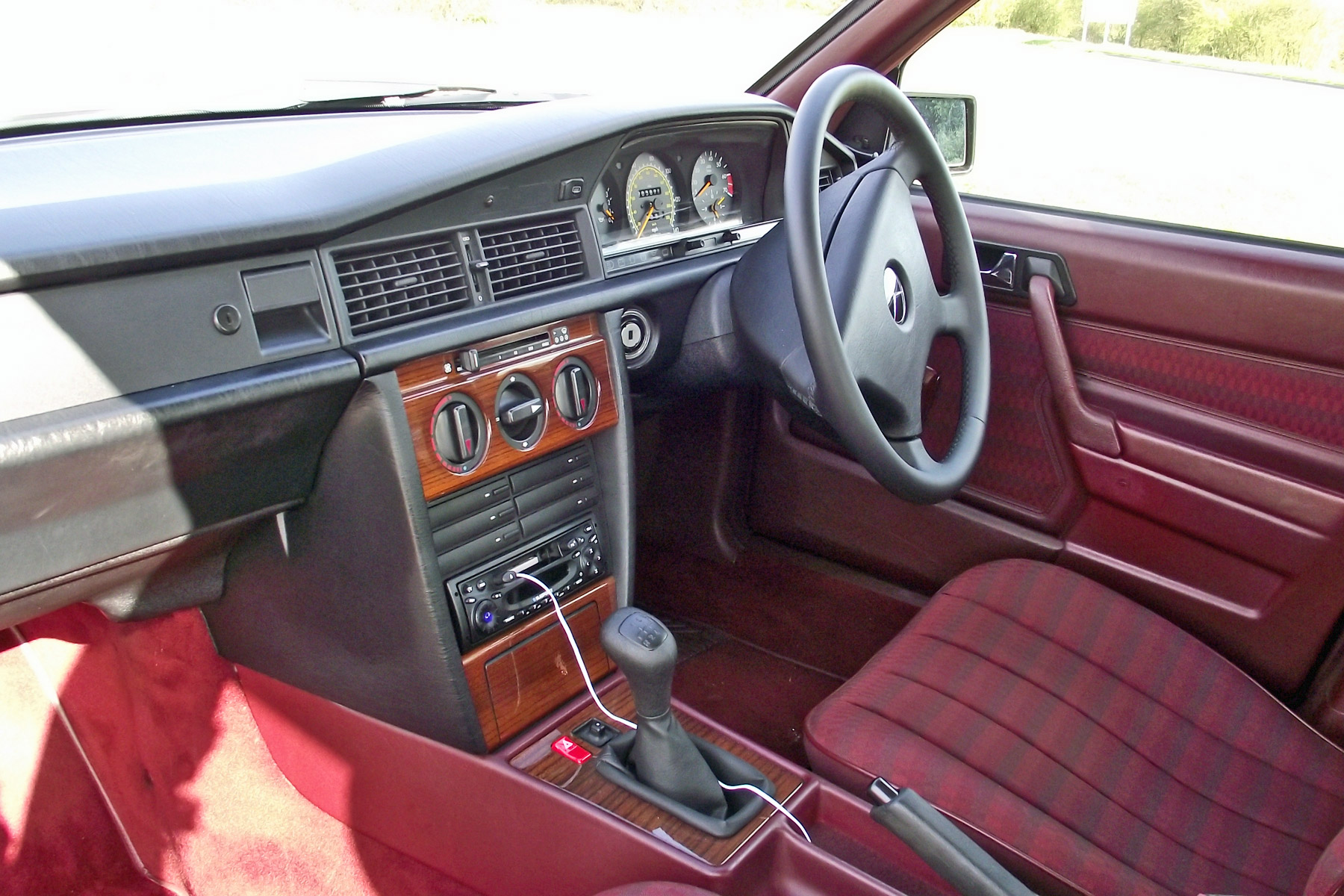
Of all the classics you could buy to use as a daily-driver, the Mercedes-Benz 190E is probably one of the most relaxing and reliable. It’s not the sort of car you buy for weekend blasts, but it will take the stress out of sitting in traffic on the way to work.
It’s not even particularly heavy on fuel; we’ve seen reports of more than 35mpg and, judging by how infrequently we had to fill up during our week-long test, it’s not as thirsty as you’d imagine.
How much should I pay?
Prices for good Mercedes-Benz 190Es are heading northwards now. While you could pick one up for a few grand not so long ago, only ropey examples are left in this price territory.
Bank on spending at least £5,000 for a smart example of a 190E.
What should I look out for?
Although the 190E is fairly bulletproof, you should still do your research to avoid an impulse purchase. They do rust: check the jacking points in particular, and lift up the carpet to examine the boot floor. Look out for bubbles in the paintwork – they might not be severe, but they could be costly to fix.
Listen for whines from the differential and, if you’re looking at an automatic car, make sure it goes through the gears without any issues. Although the manual gearbox is notchy (they’re all like that, sir), it should change gear without too much effort.
Should I buy one?
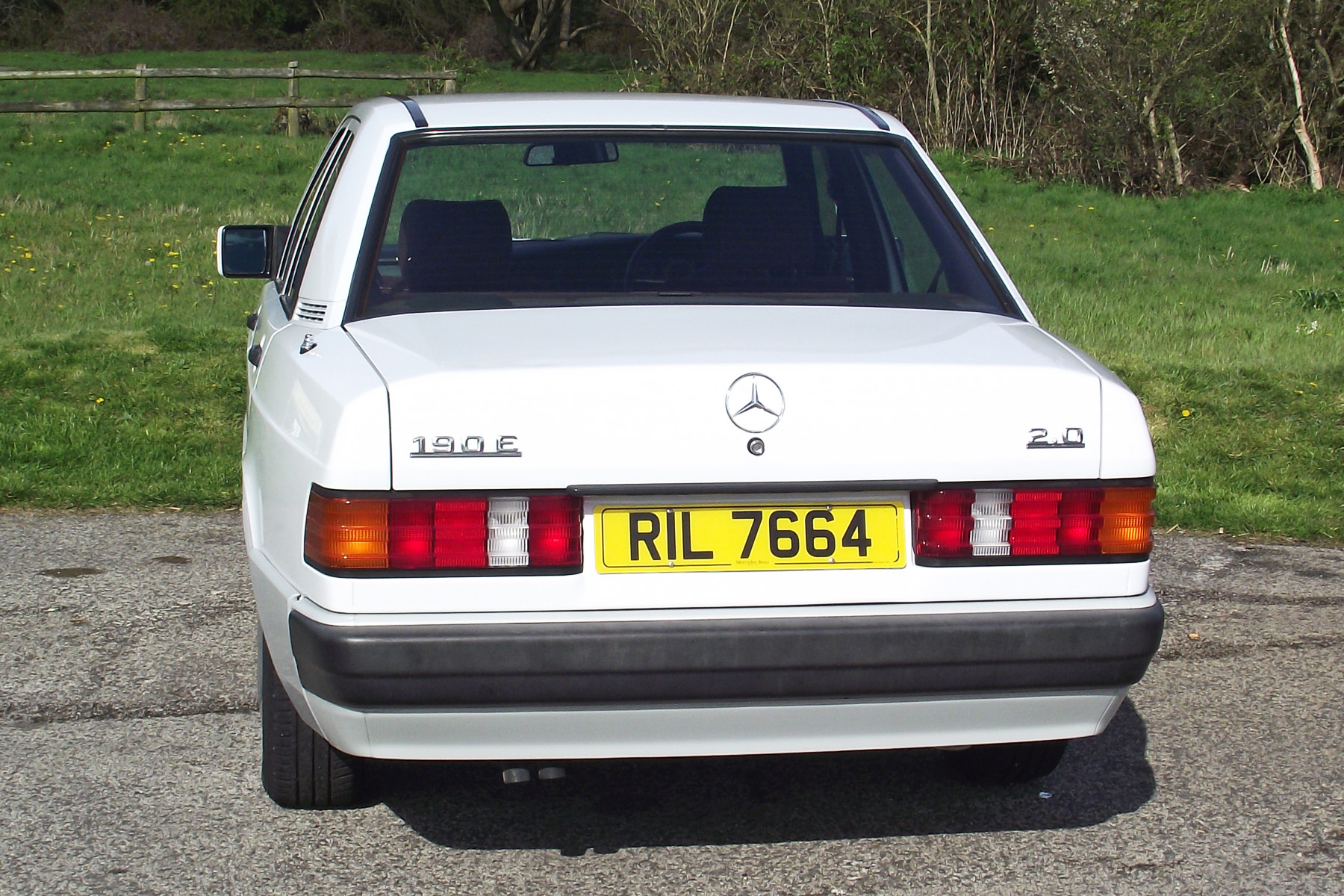
If you are considering a Mercedes-Benz 190E, just go ahead and do it. They are going up in price now, but there is a huge support network of specialists and enthusiast clubs.
Their robustness means there are still plenty about, so you can afford to be picky when searching for the right 190E for you. And if you find a good one, it won’t prove to be a headache to own.
Pub fact
The Mercedes-Benz 190E was one of the first vehicles to use multi-link independent rear suspension. This featured ‘racing car’ thinking at the time to improve ride and counteract bump steer over rough roads.
The technology, which is now much more widely used, explains why the 190E feels so planted during spirited drives.
ALSO READ:
1982 Mercedes-Benz W123 review: Retro Road Test

